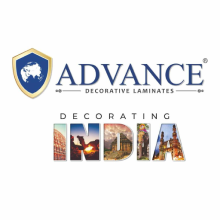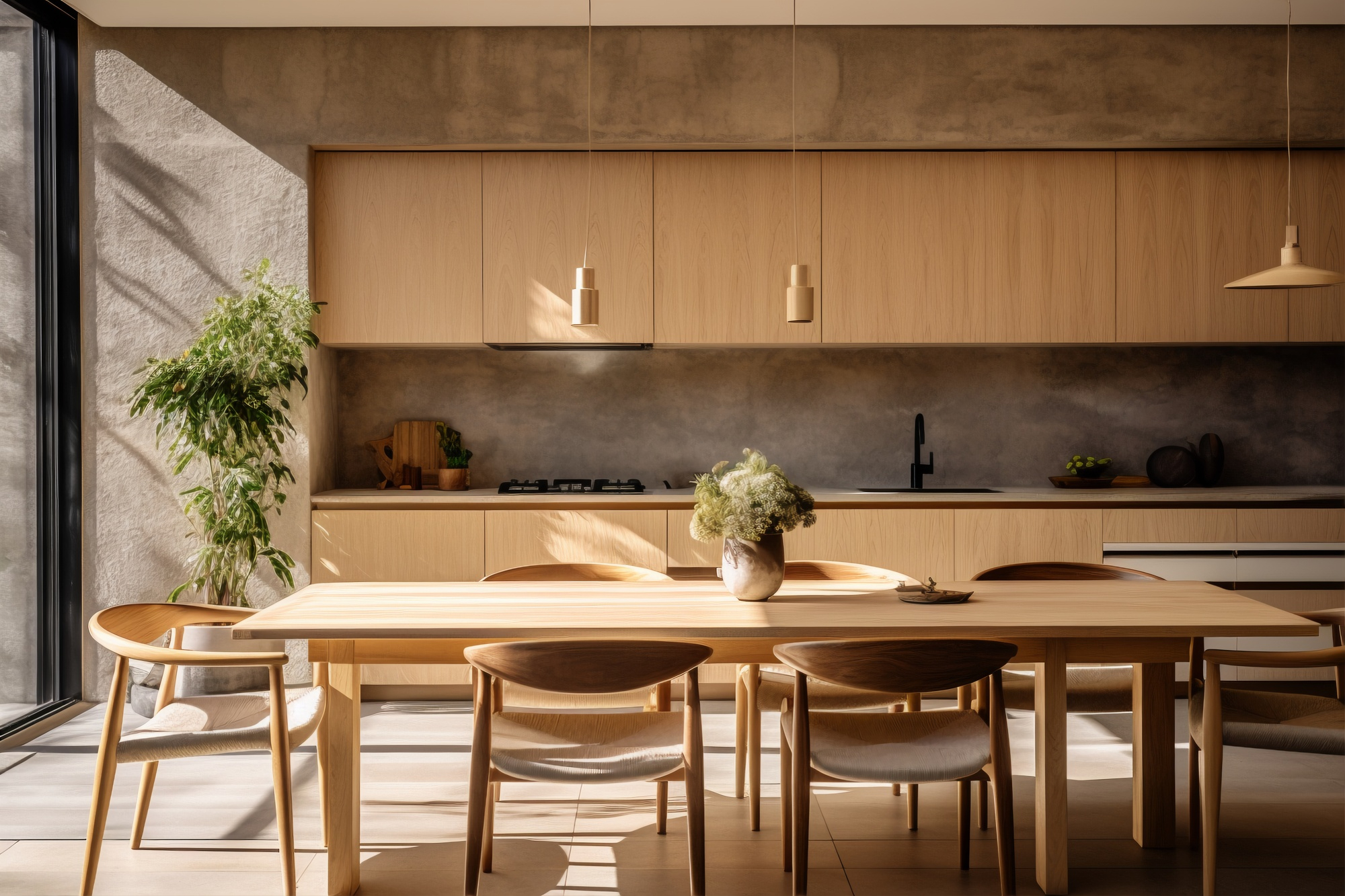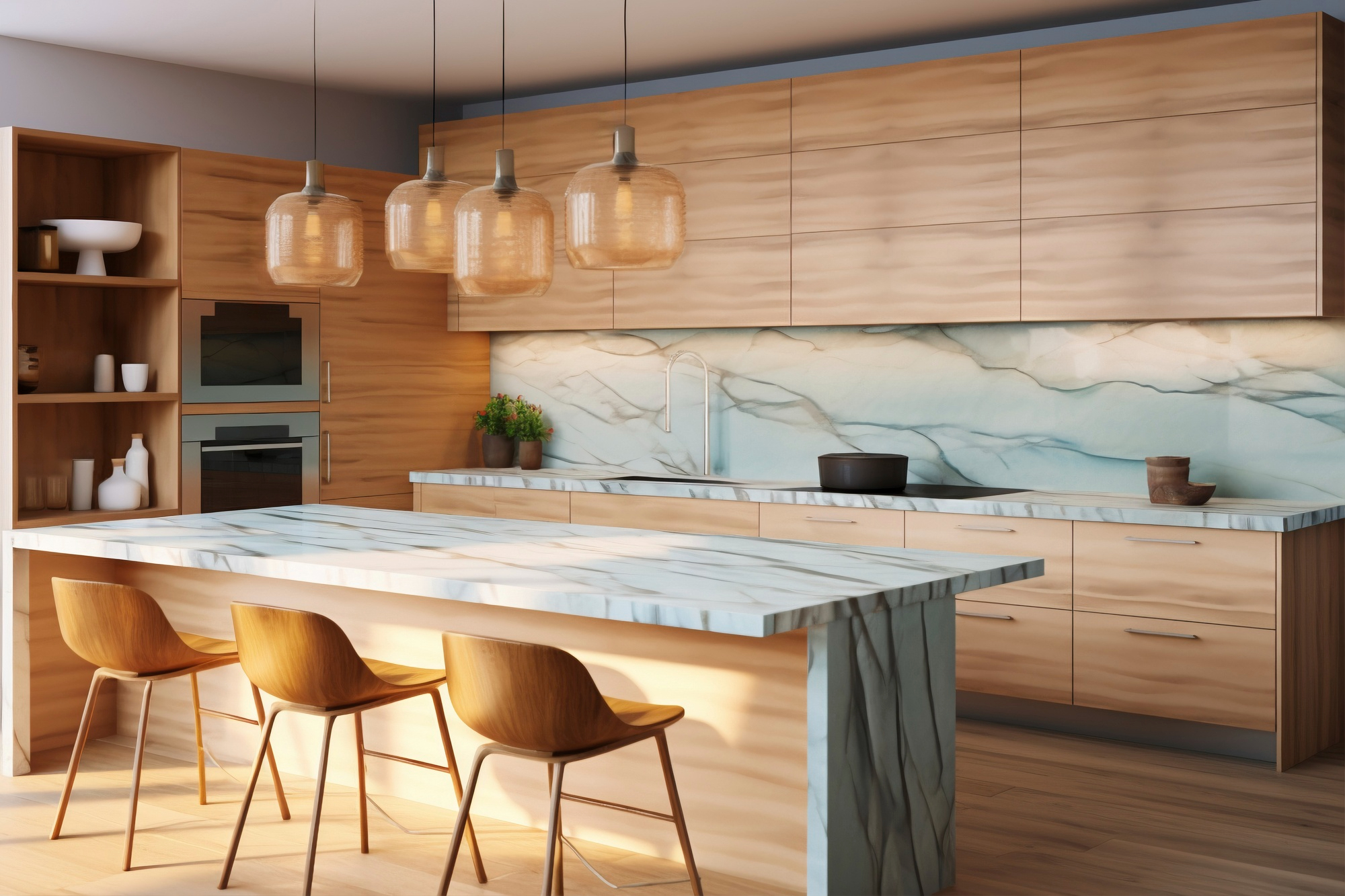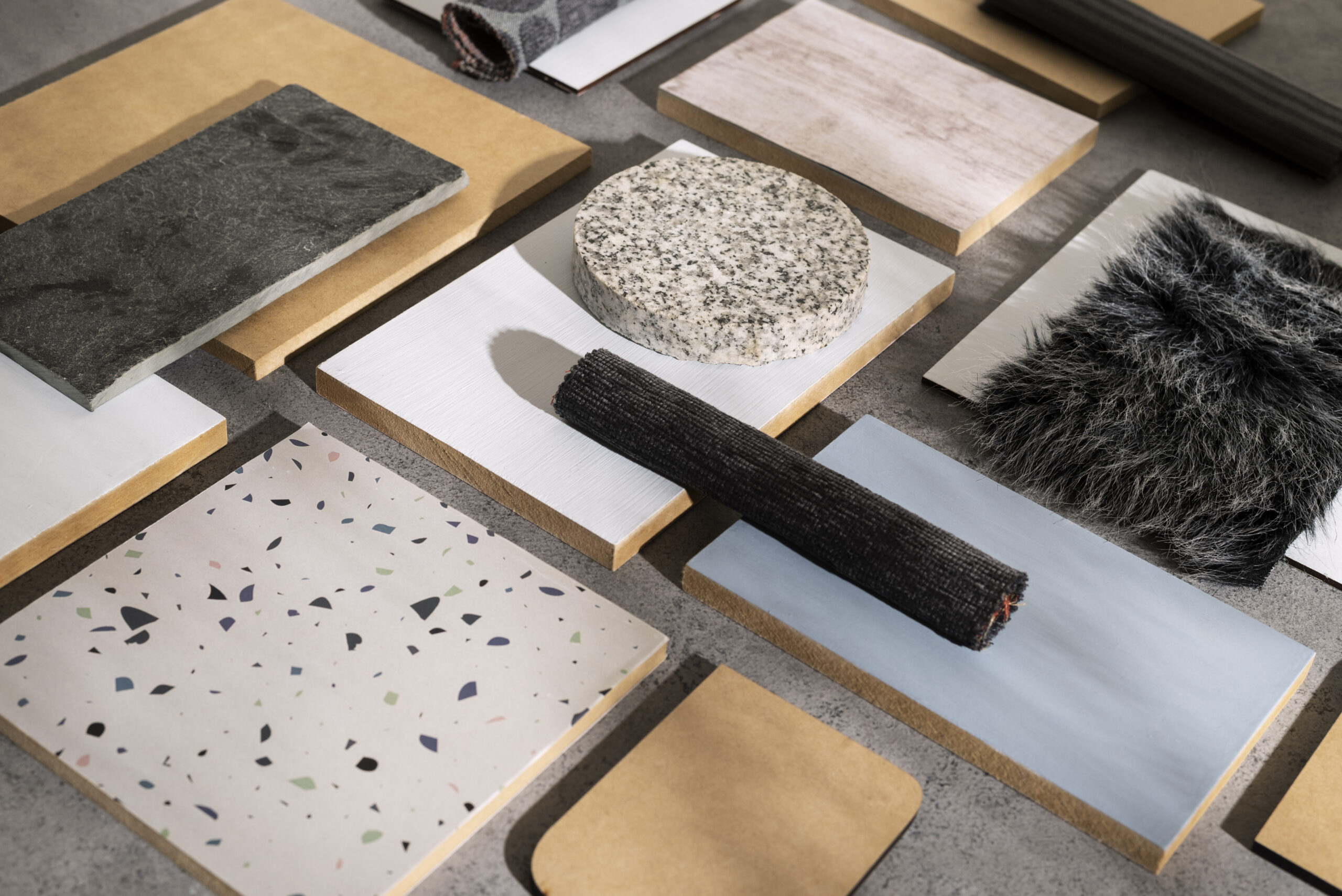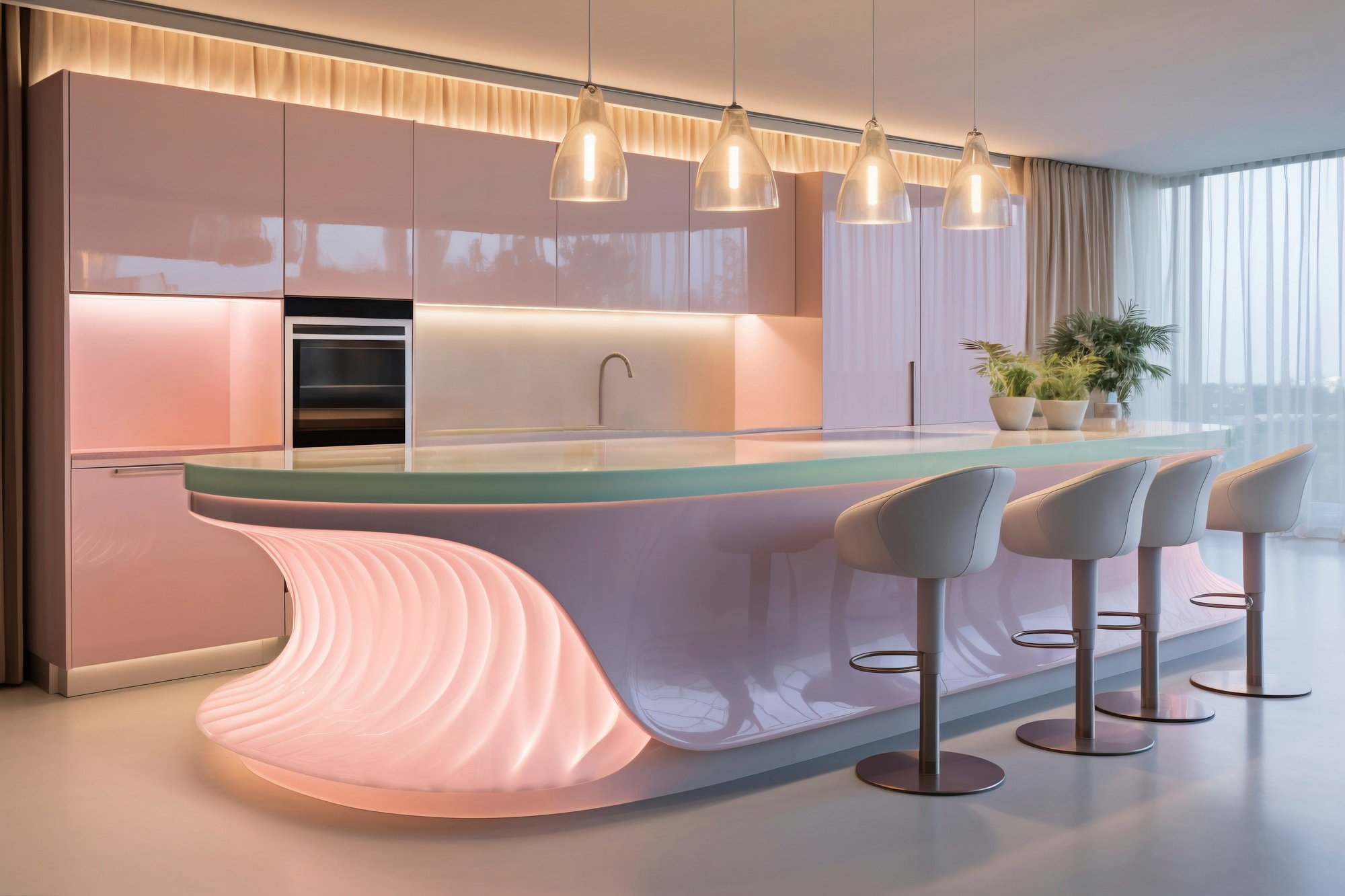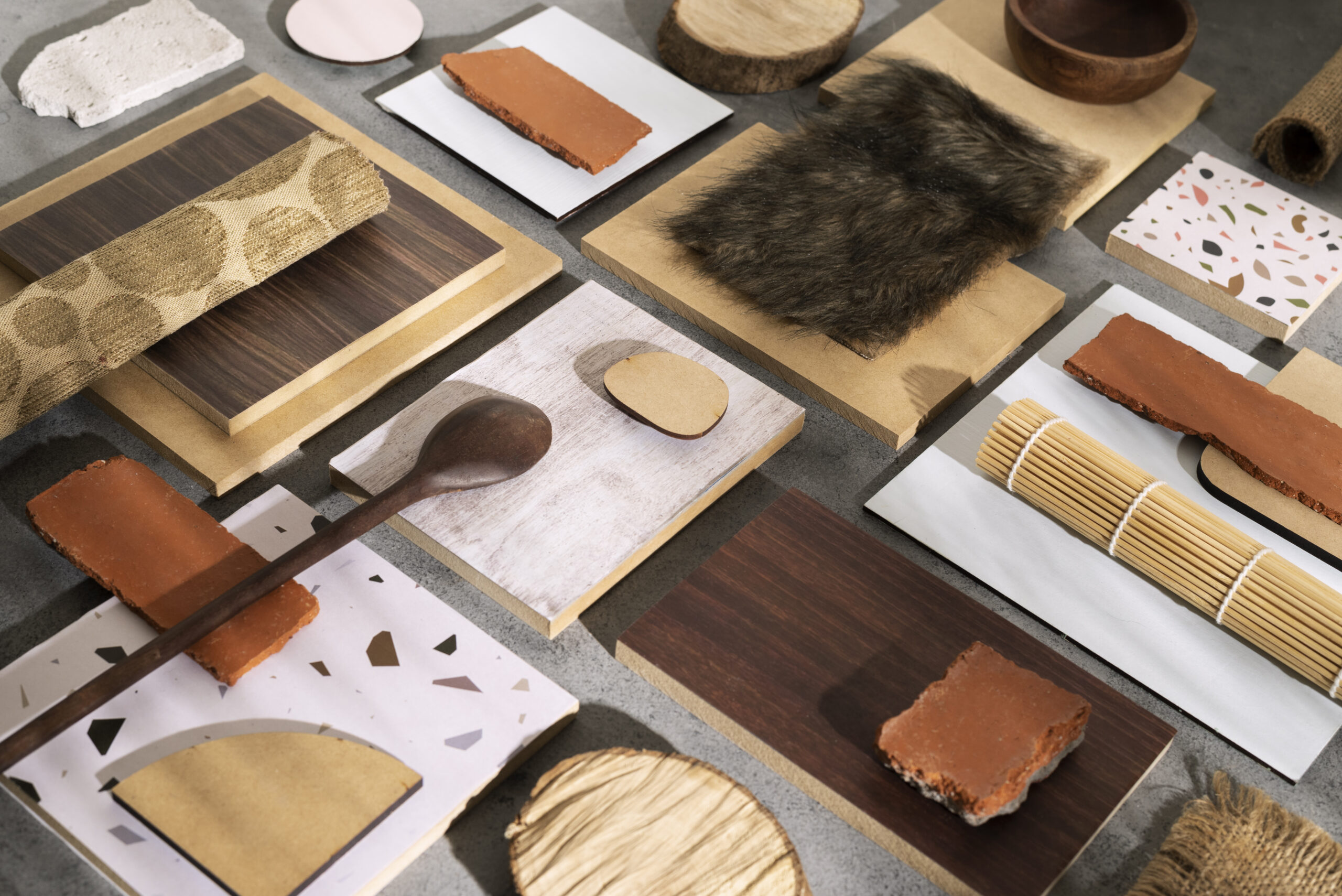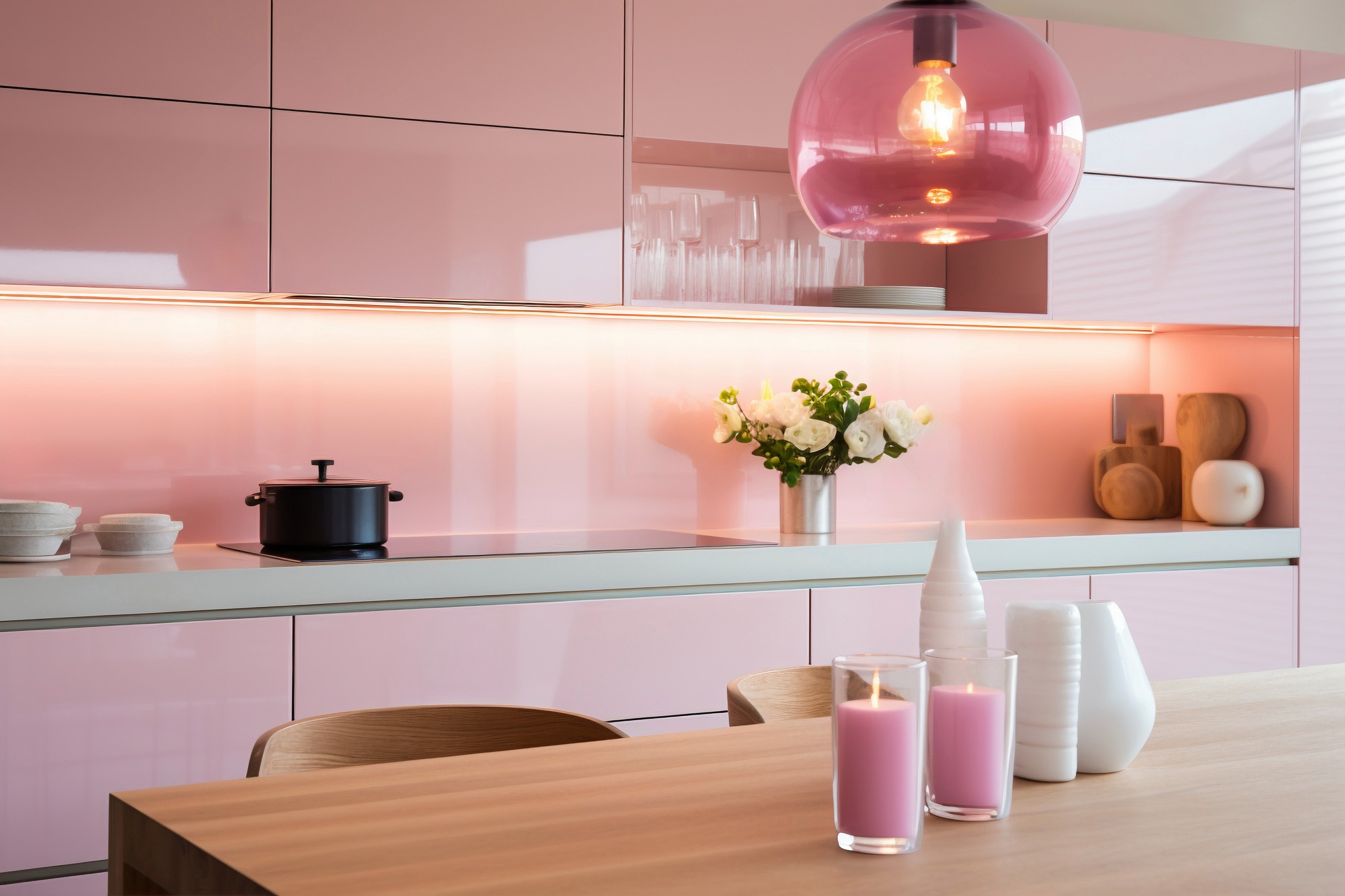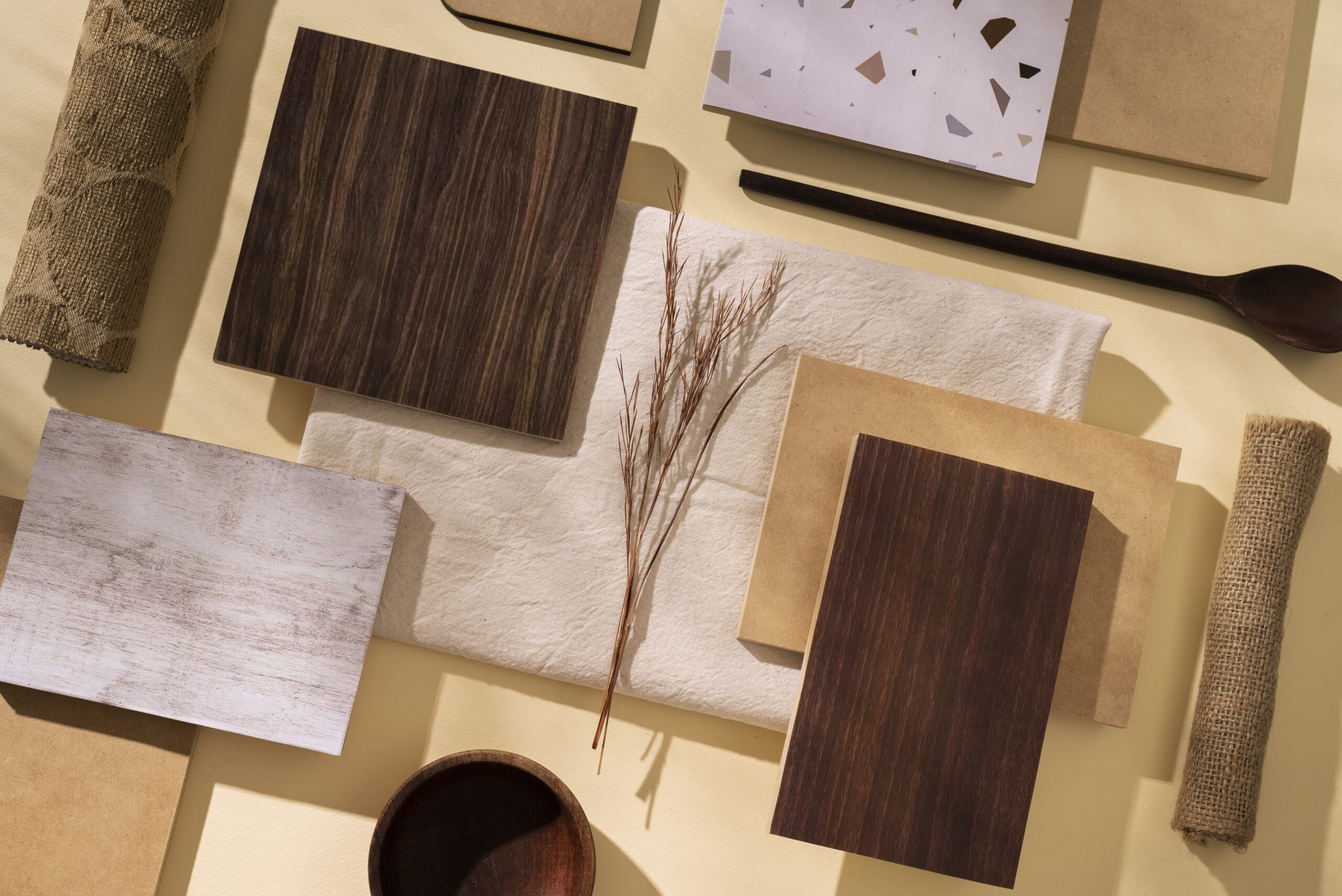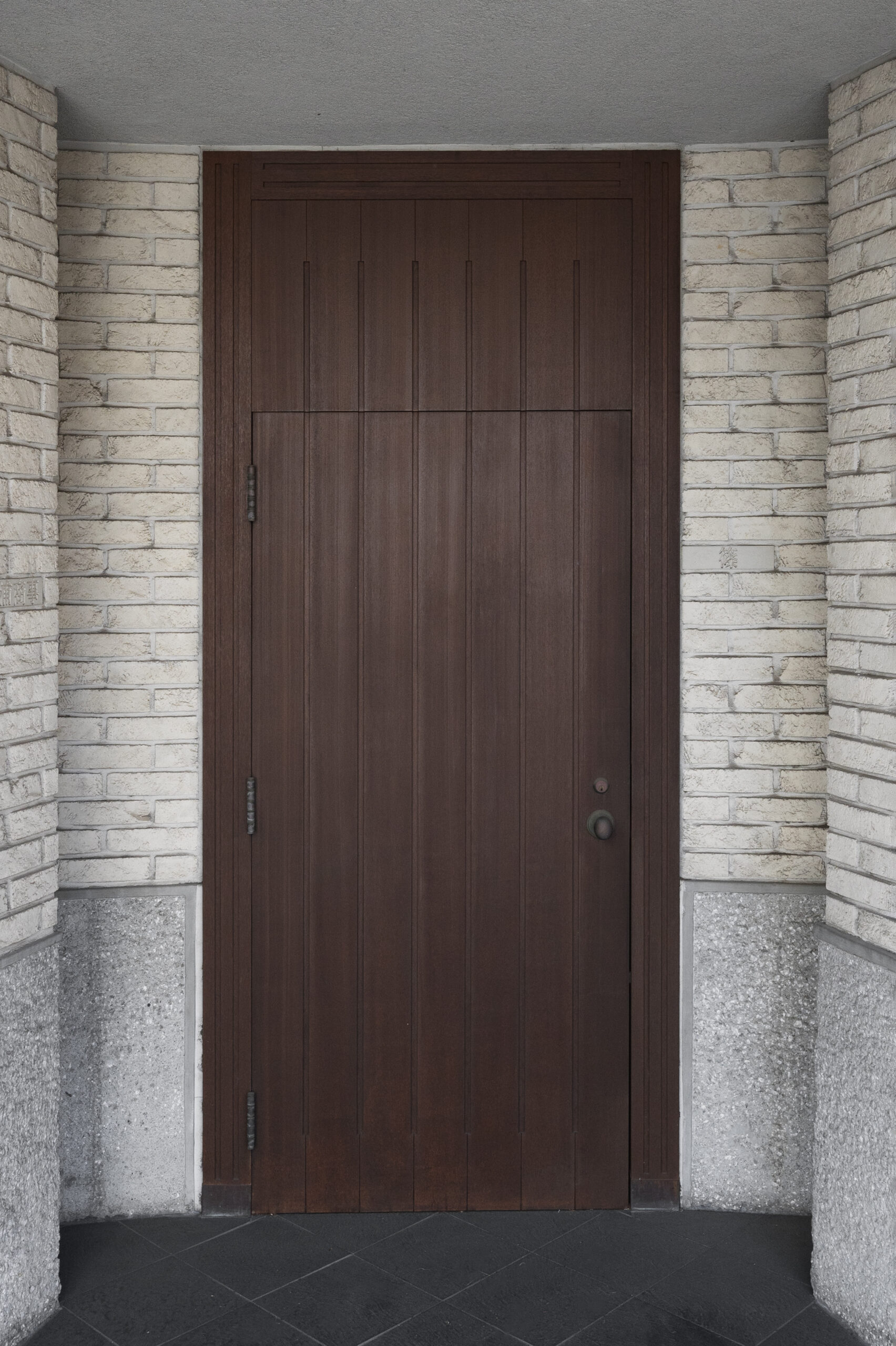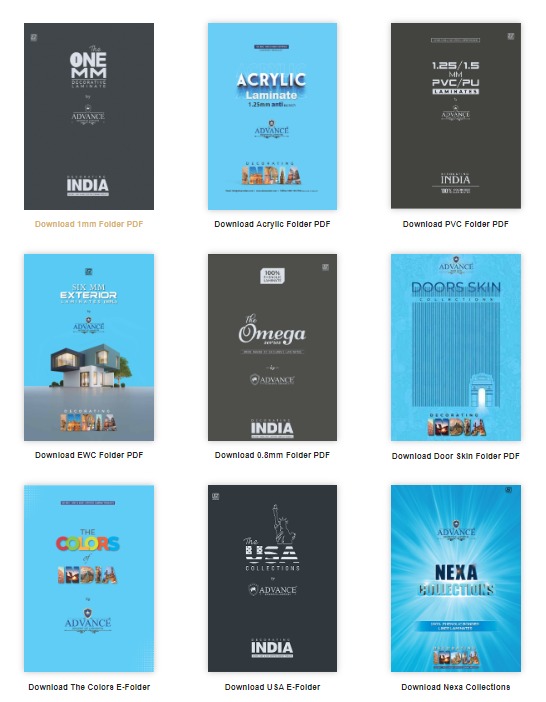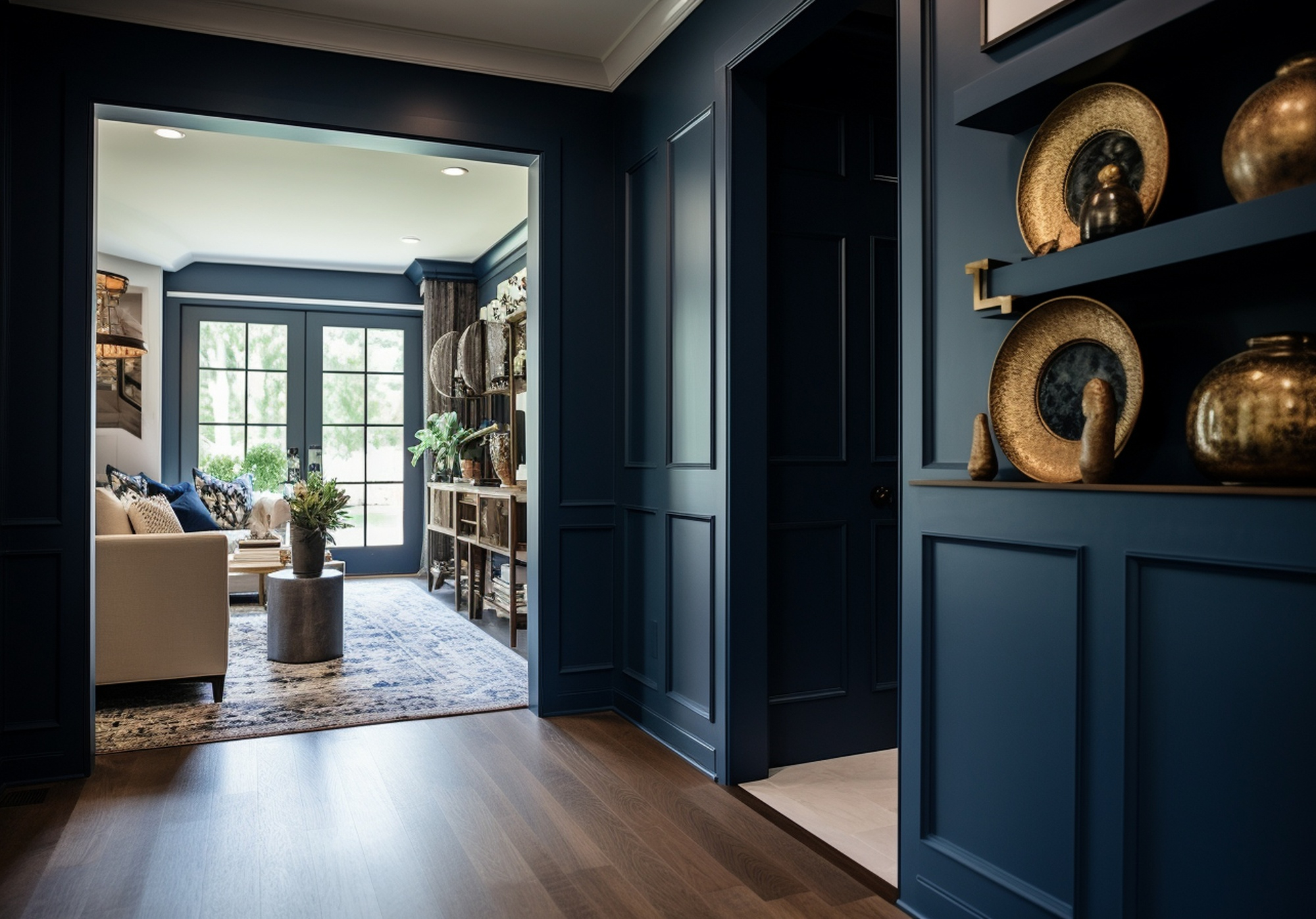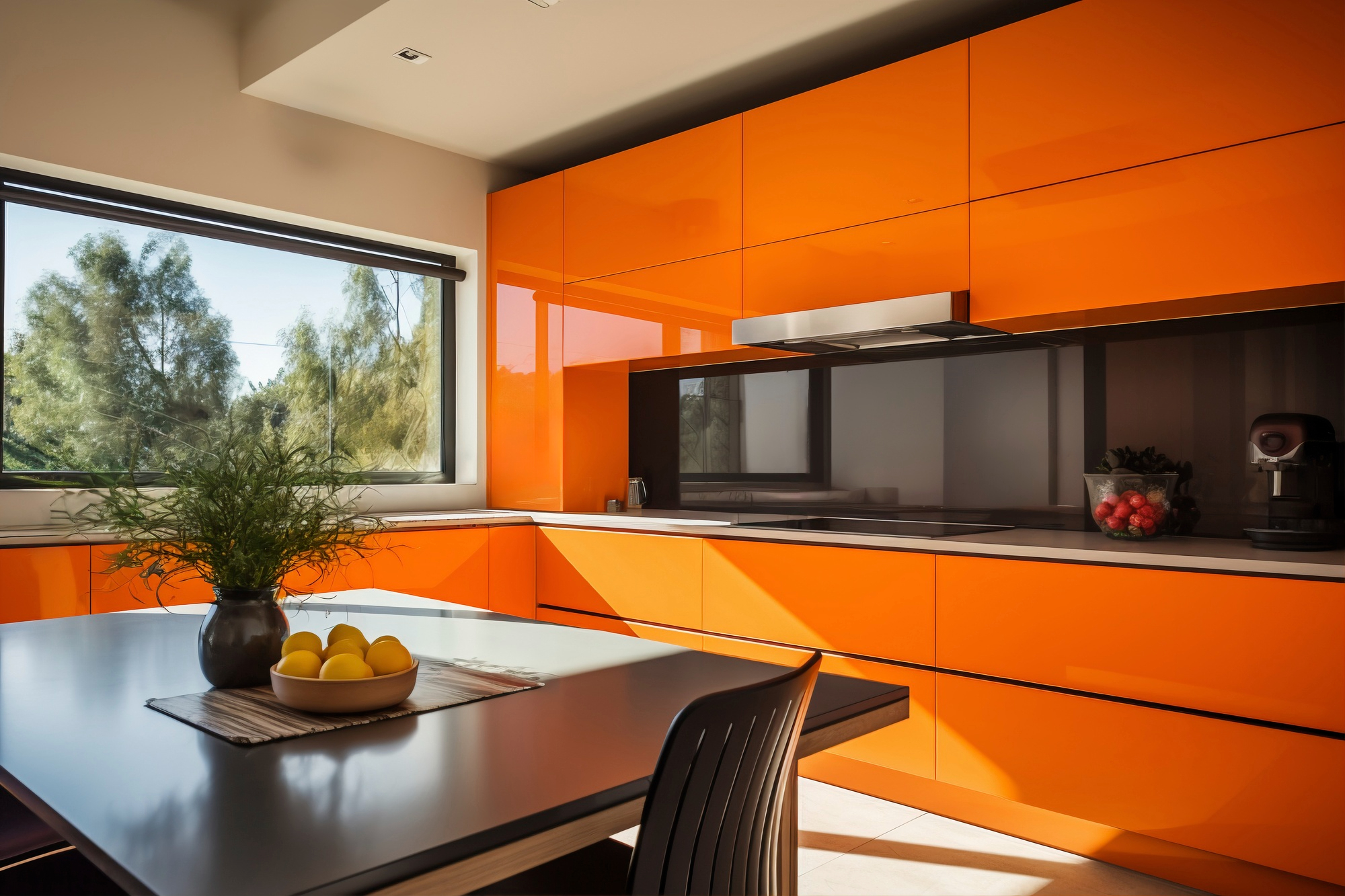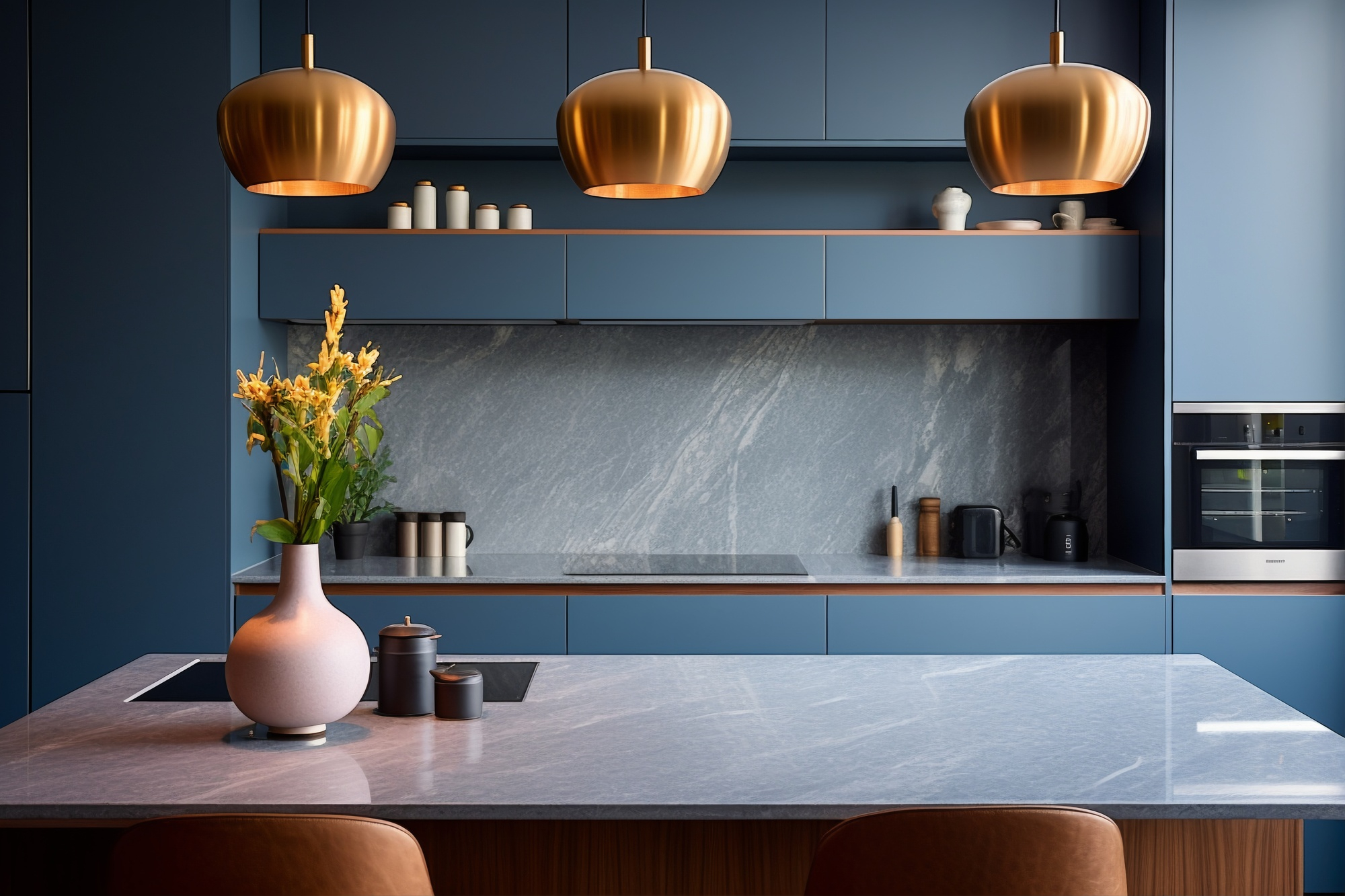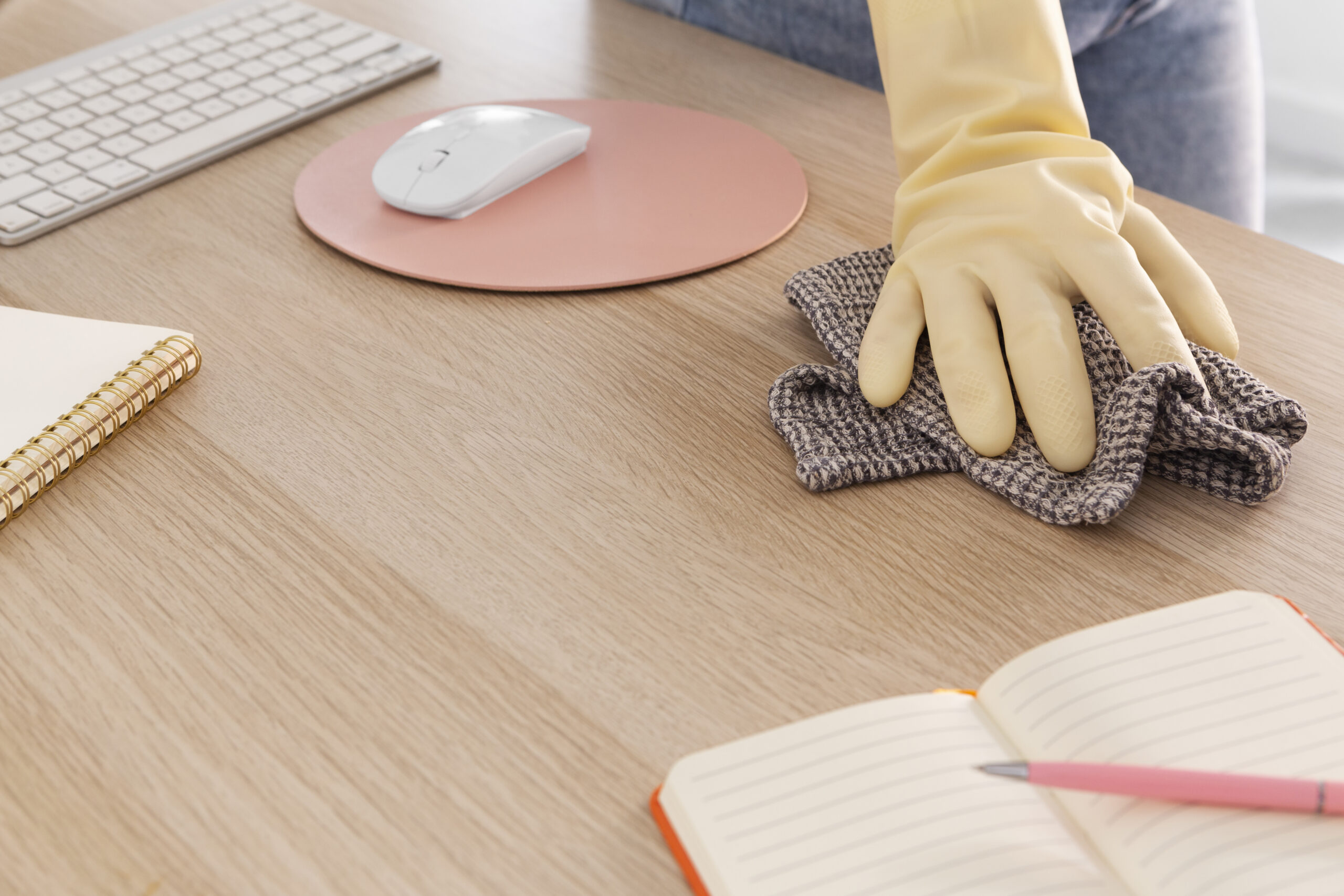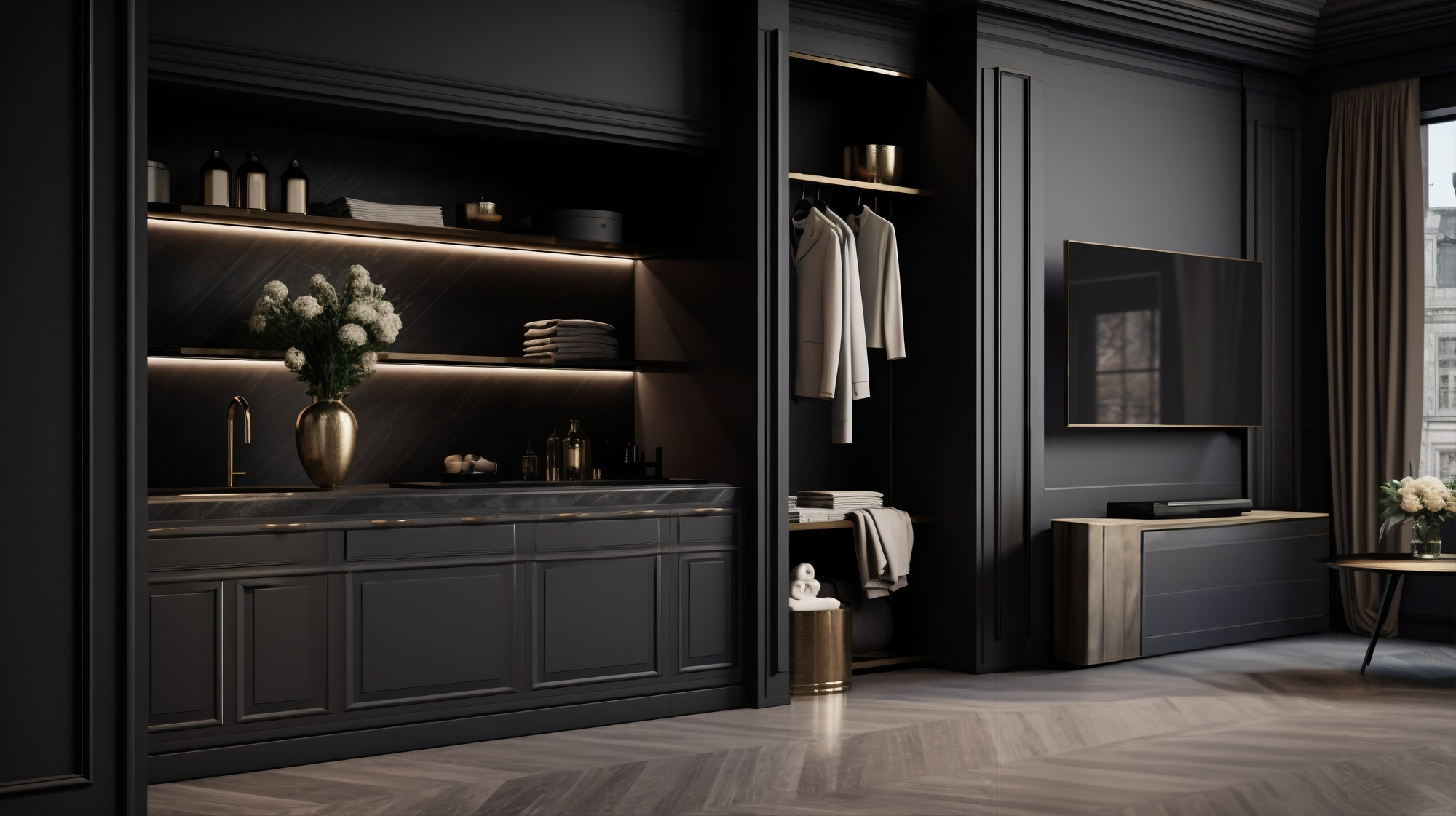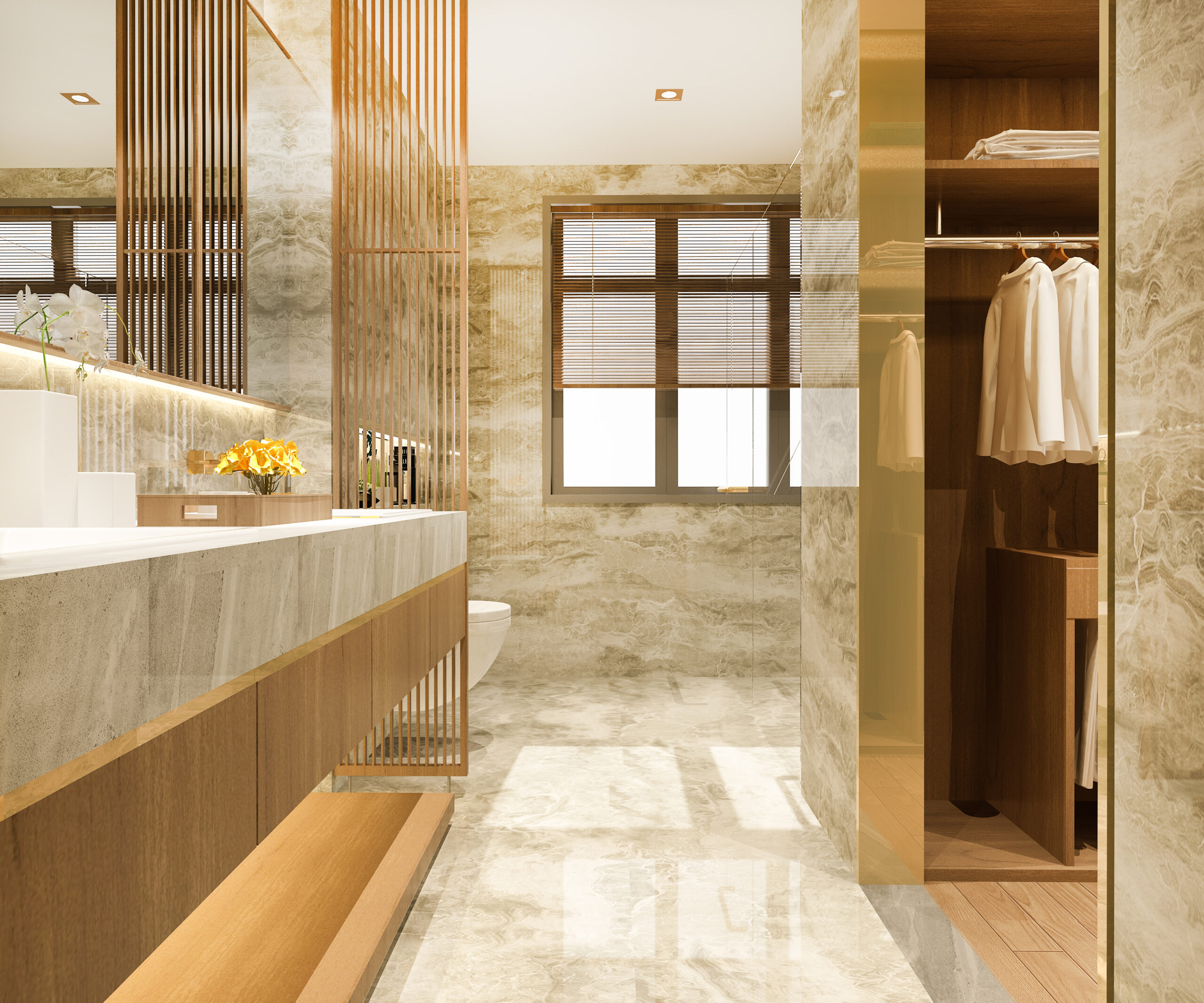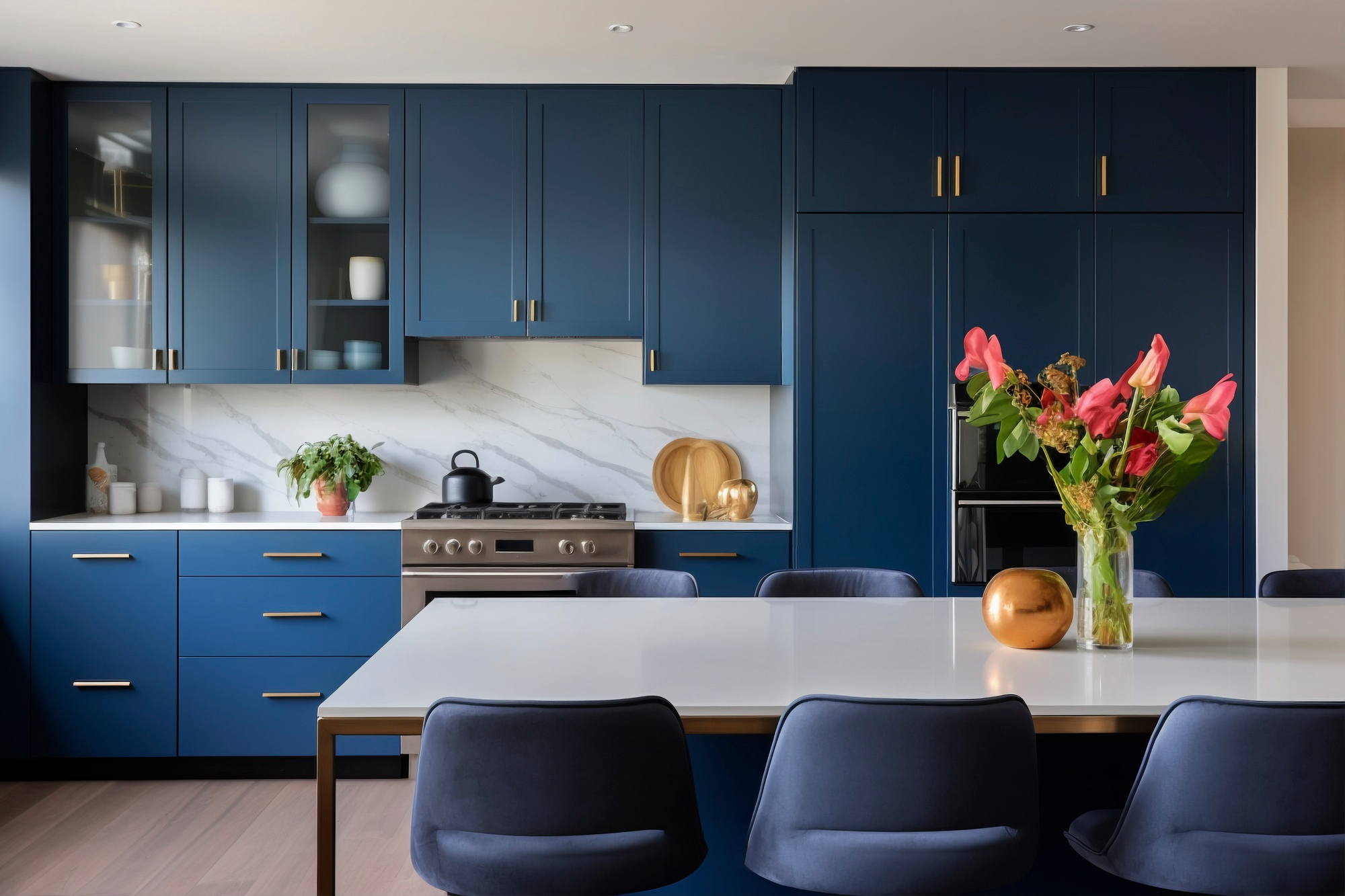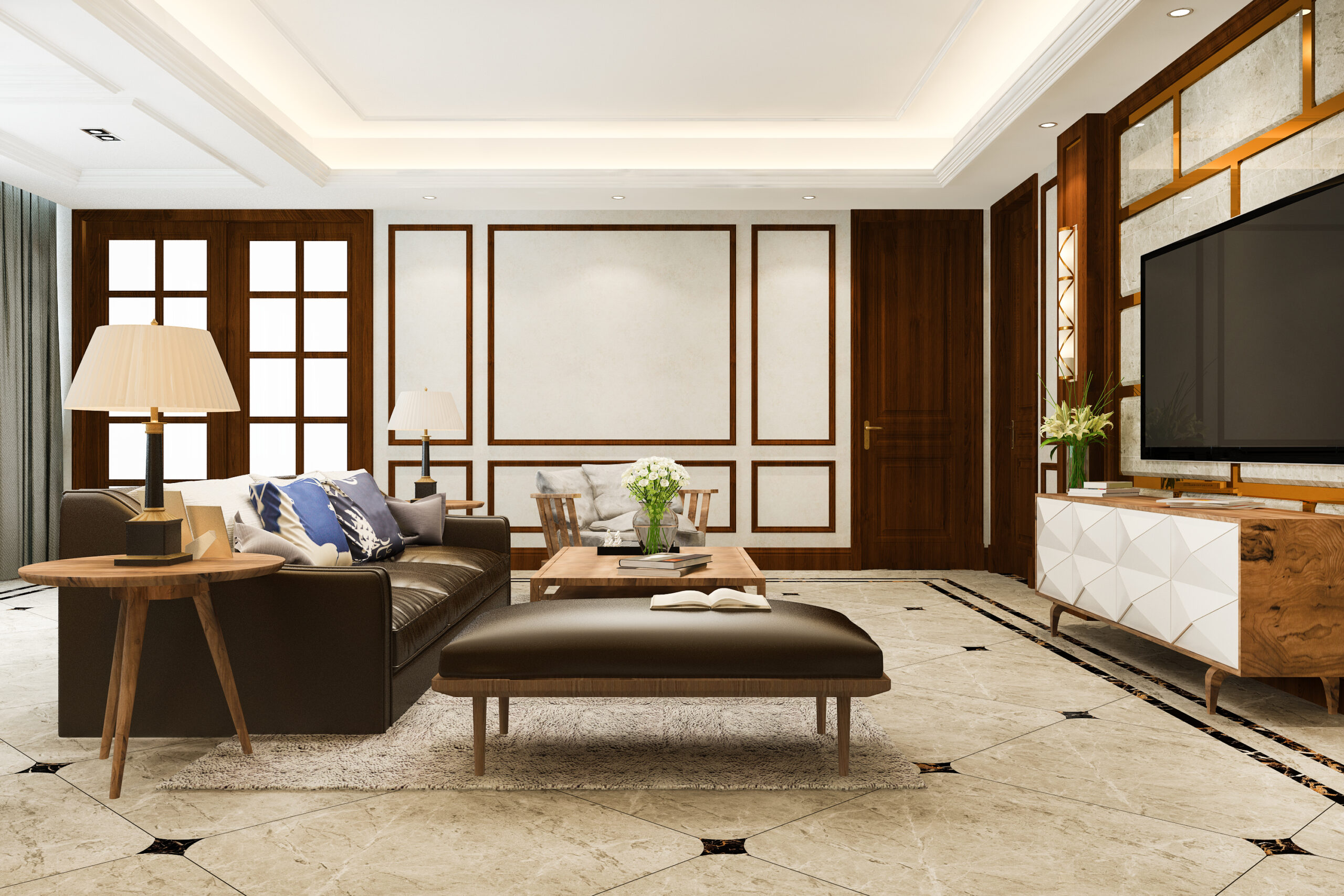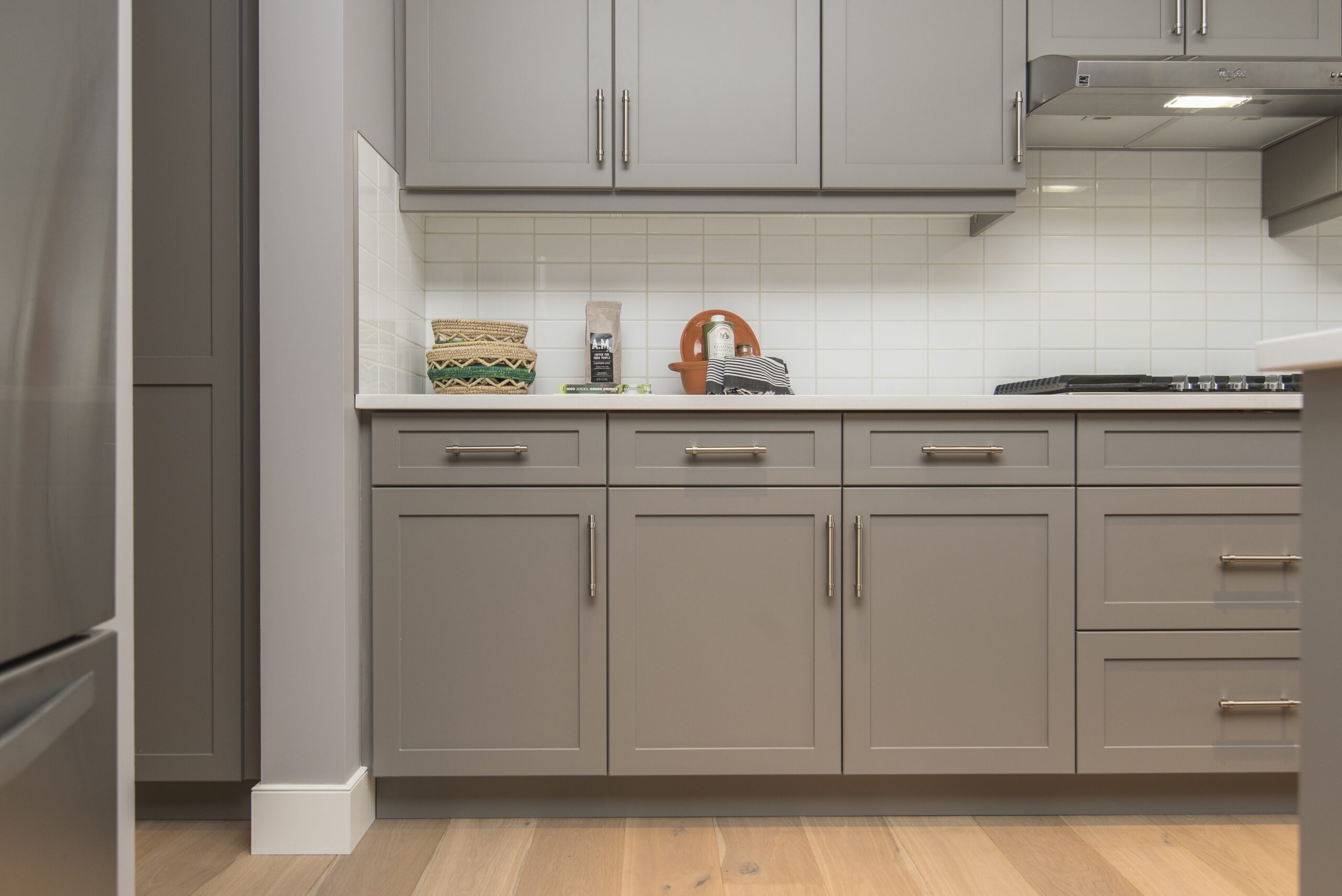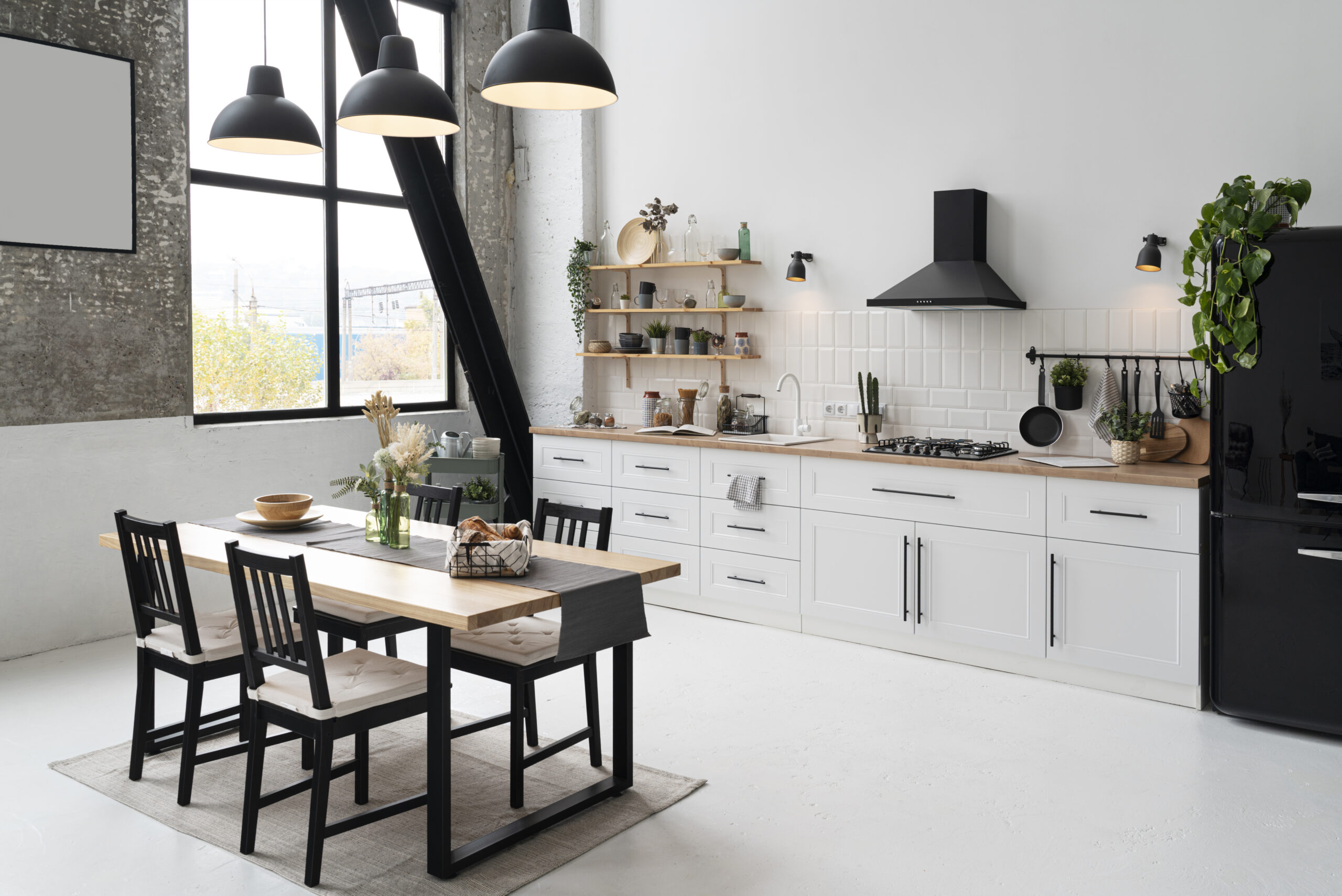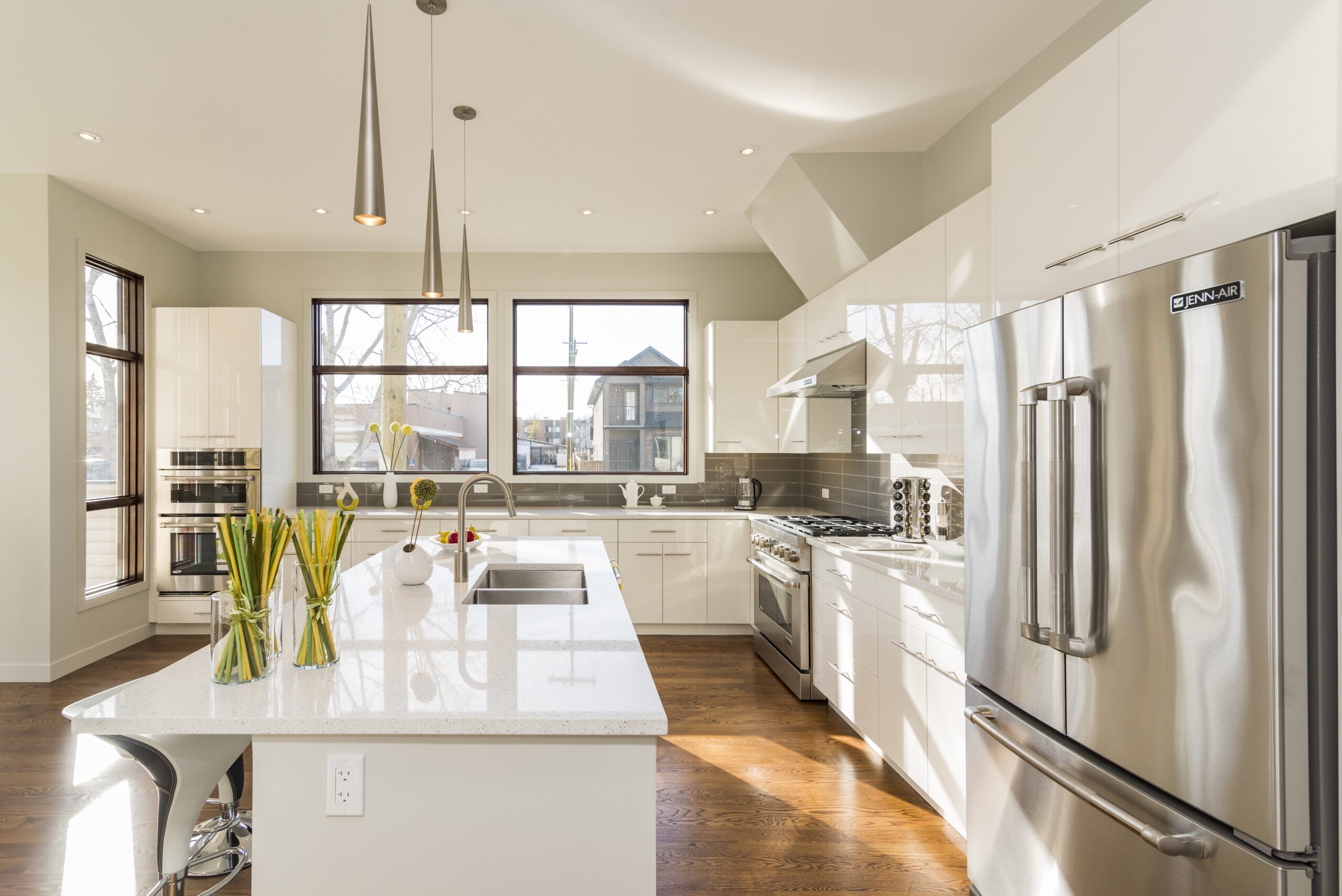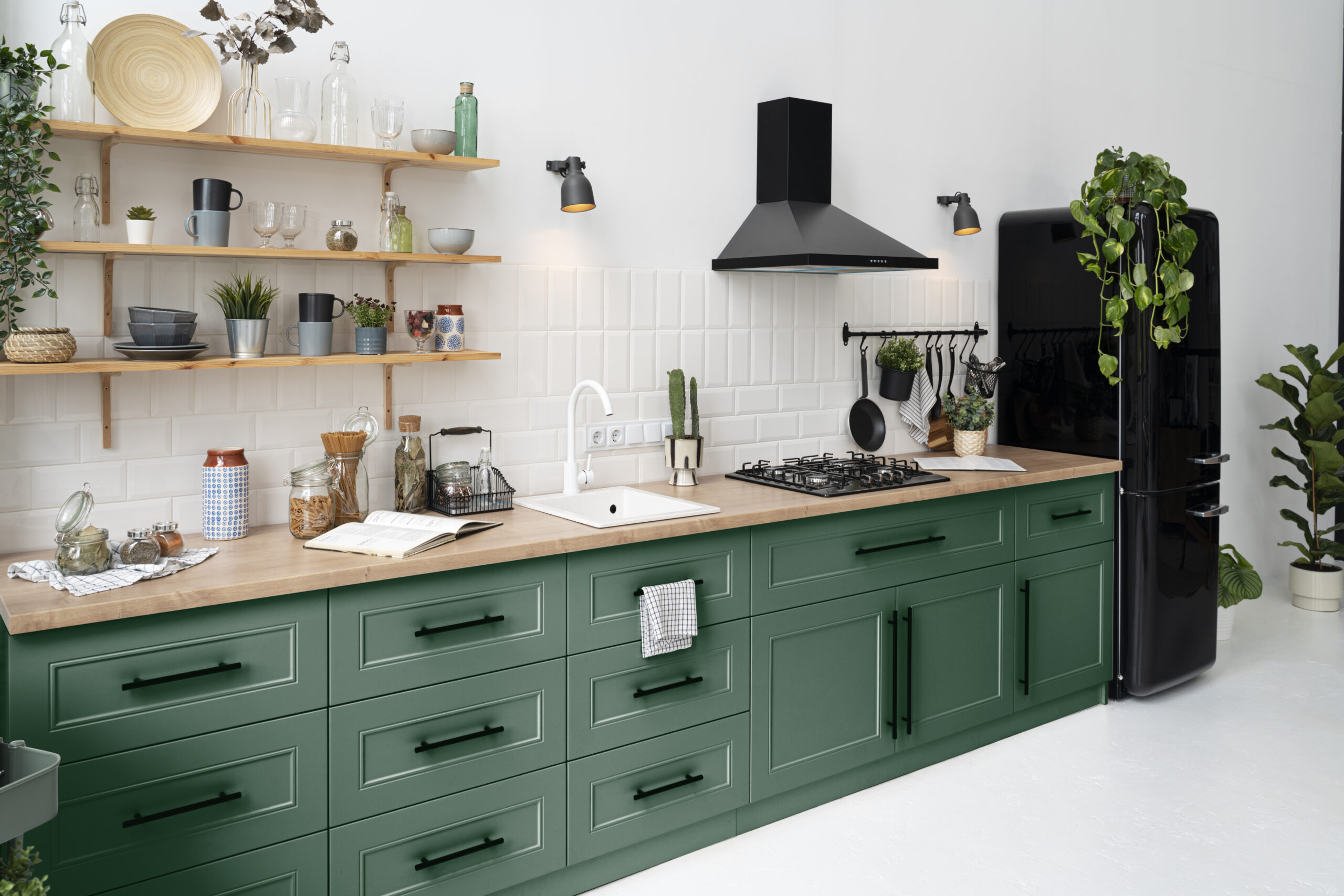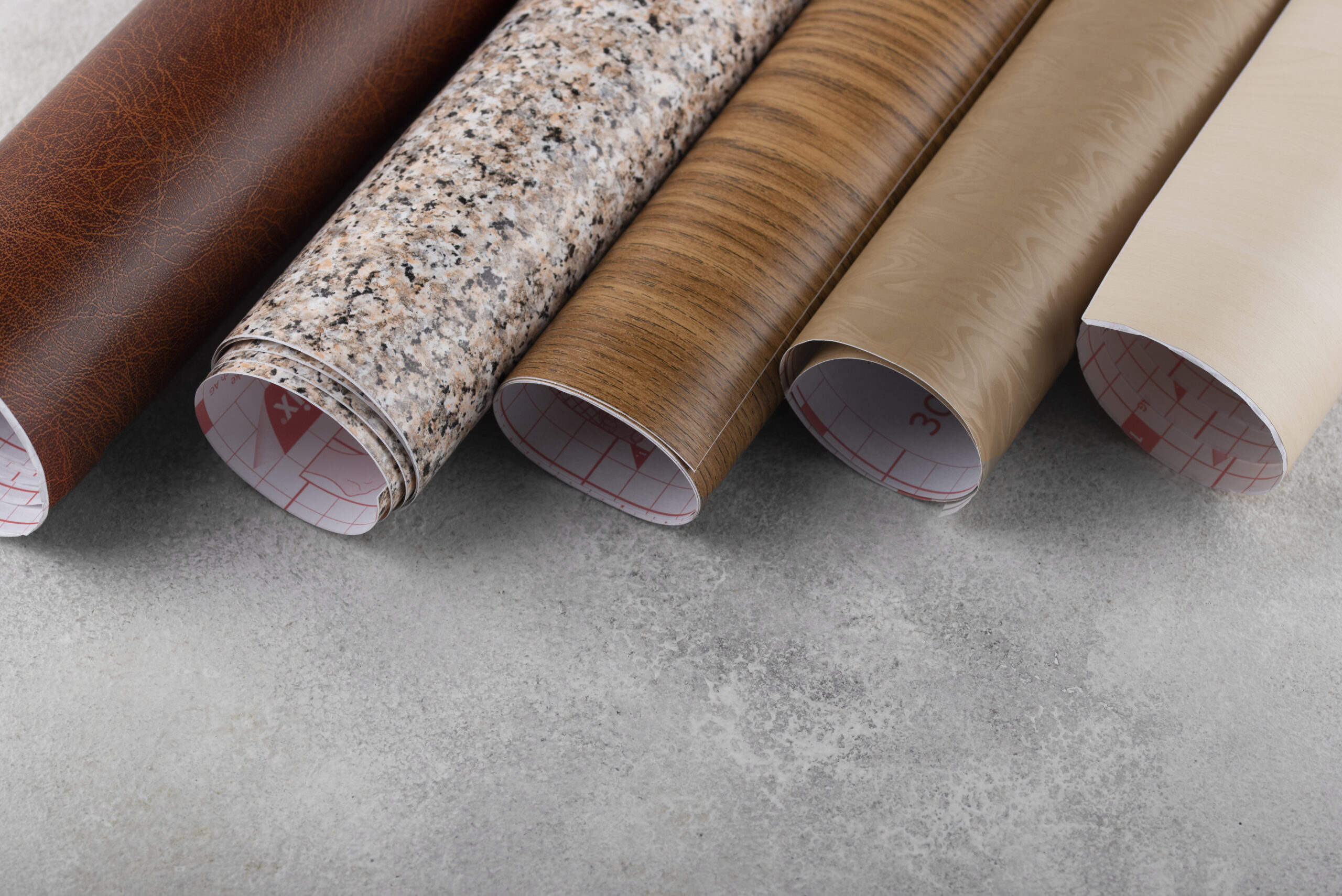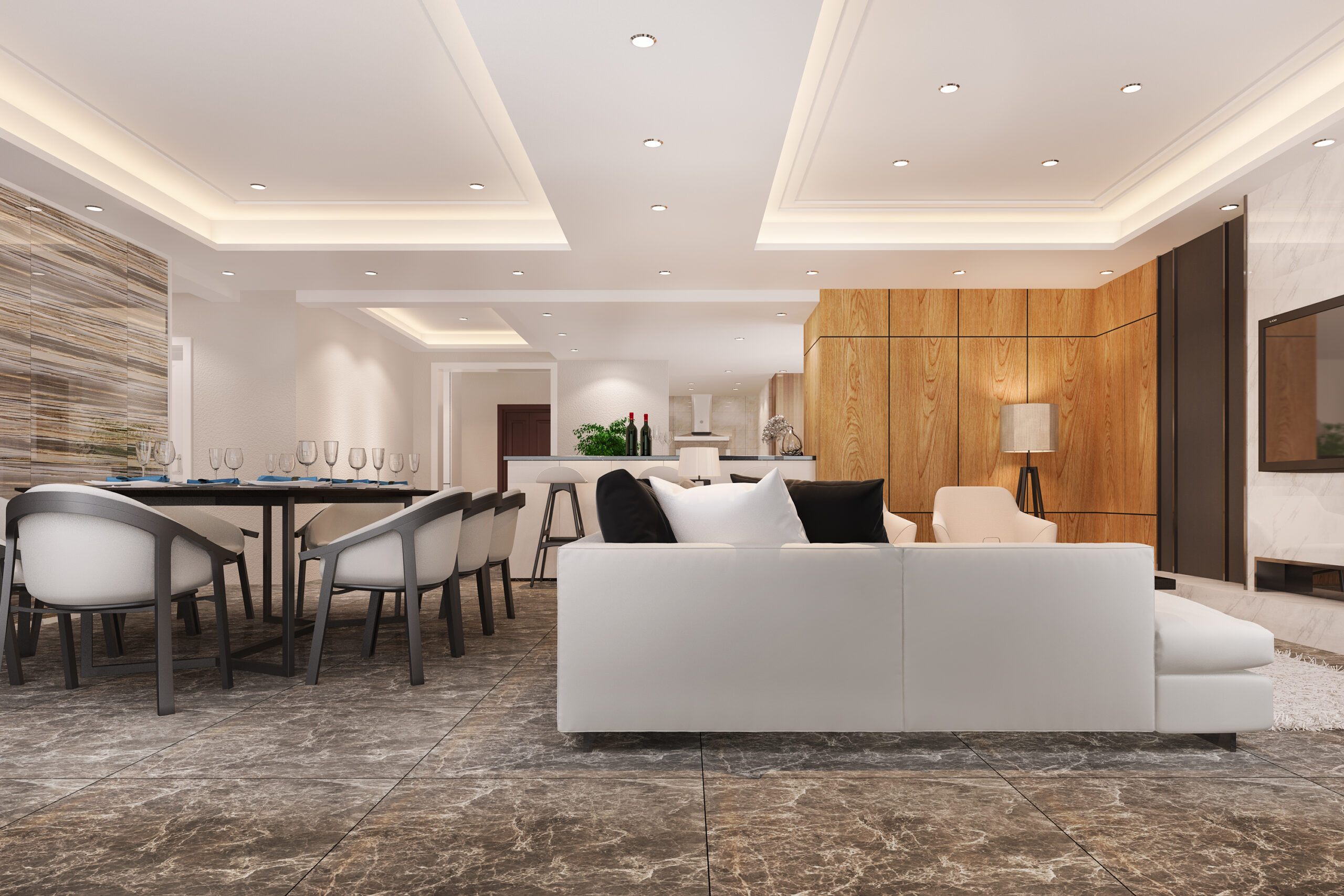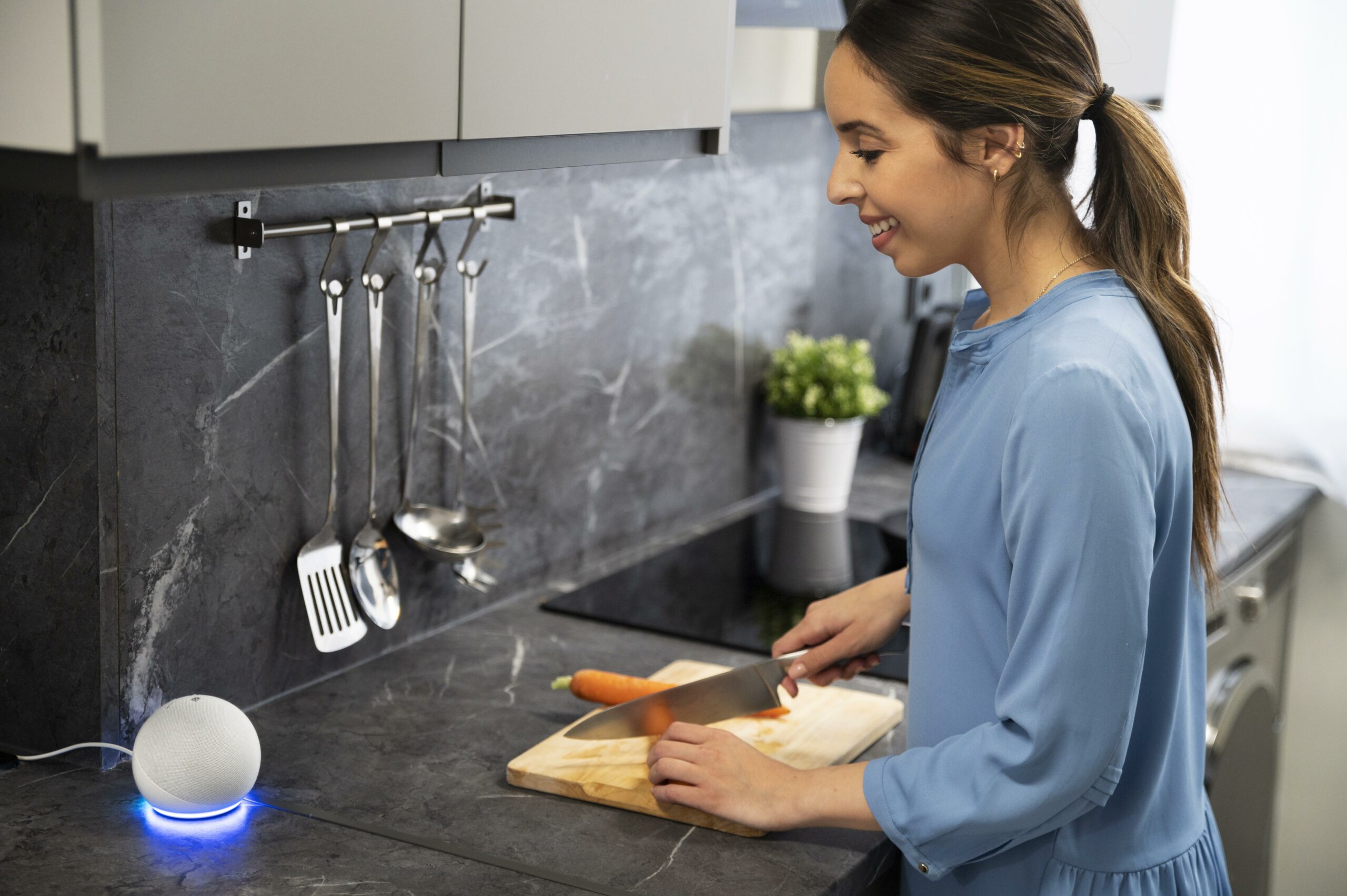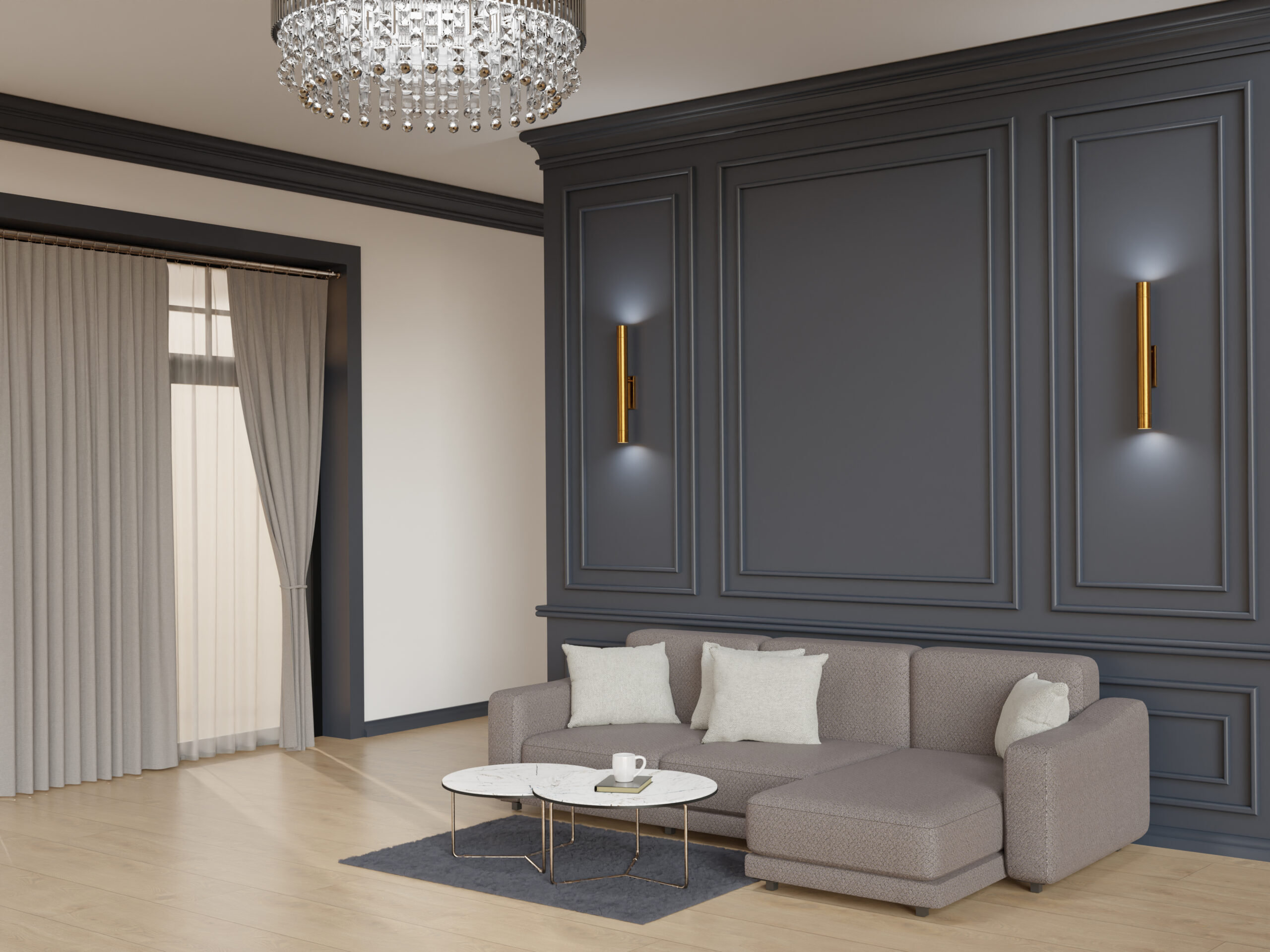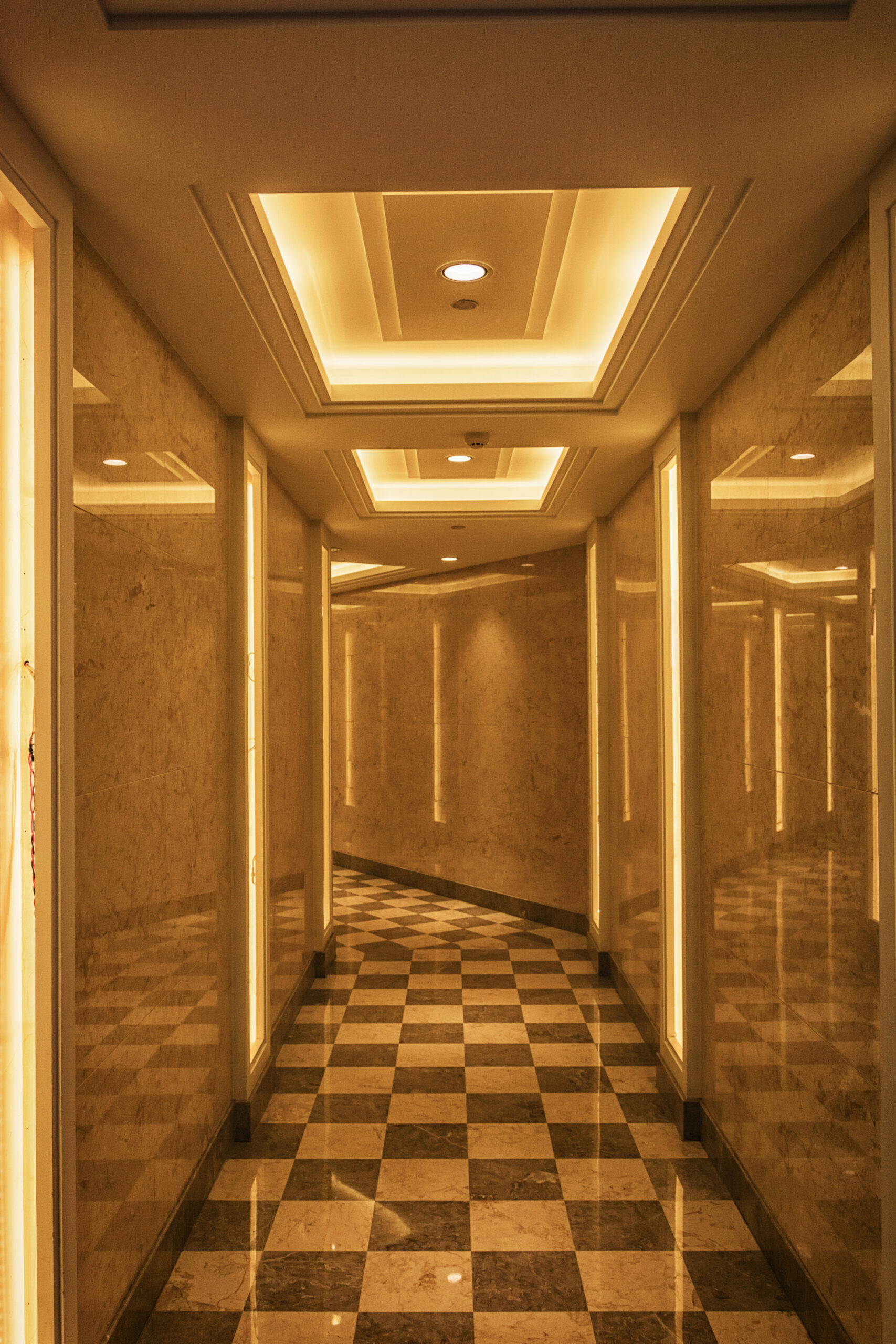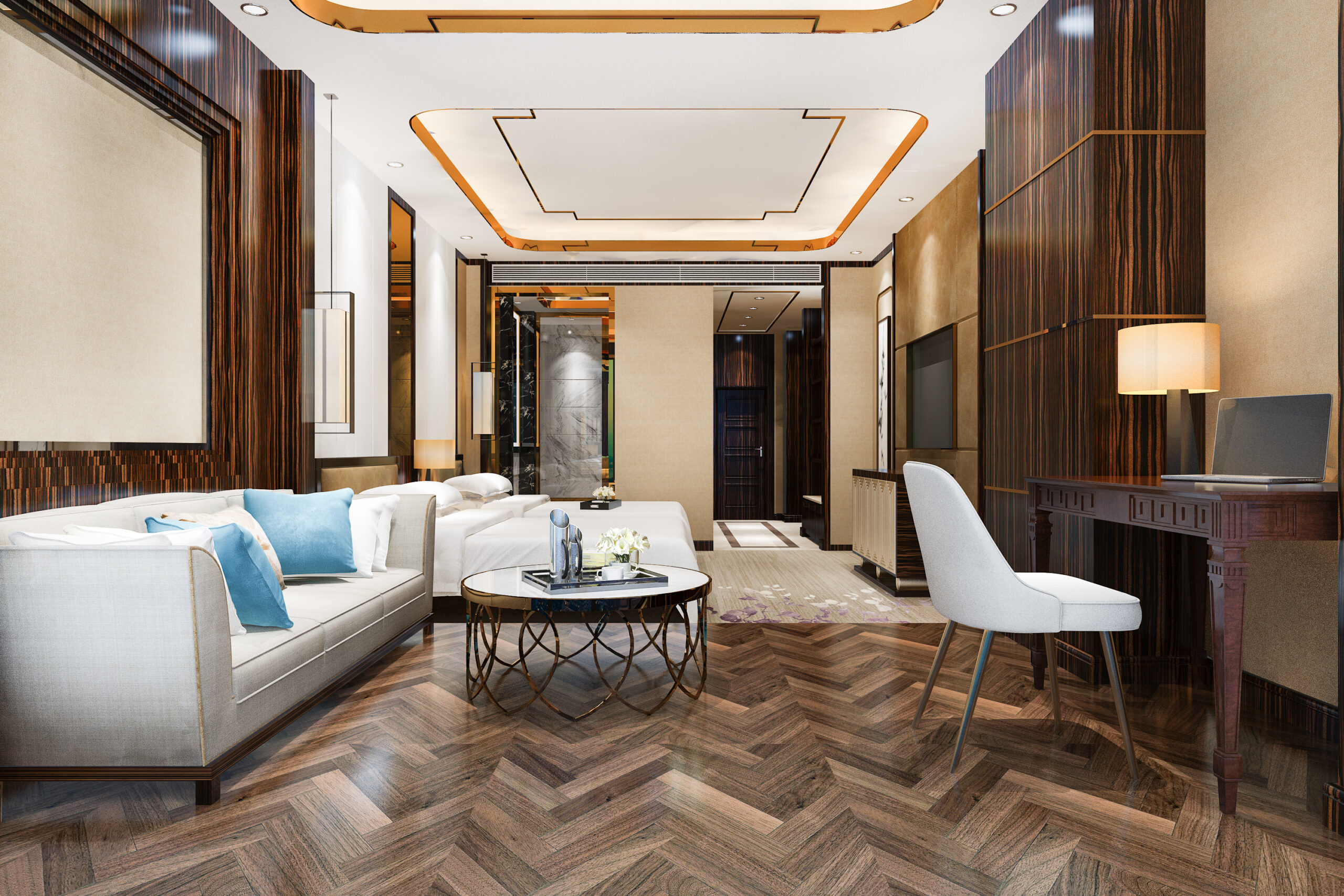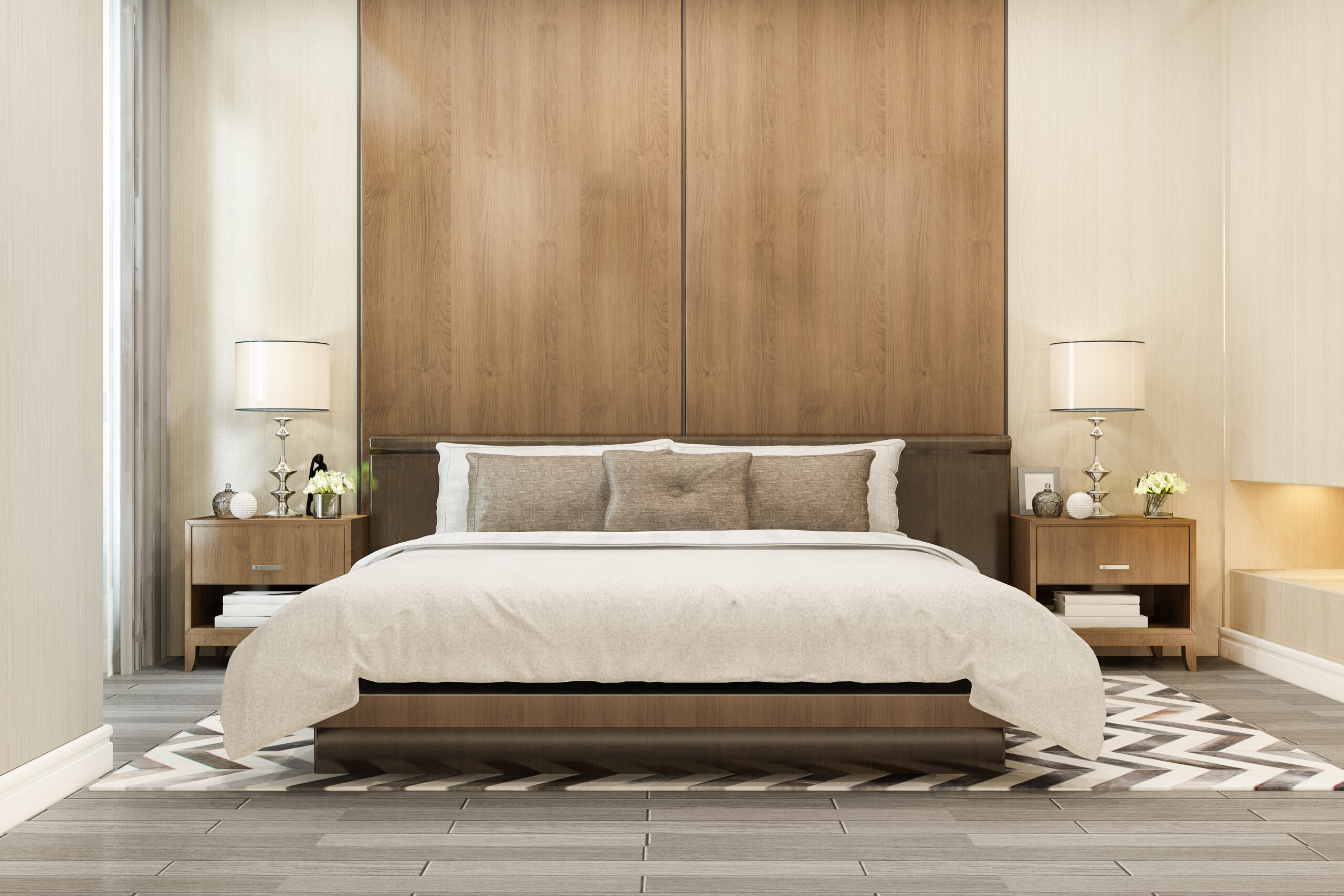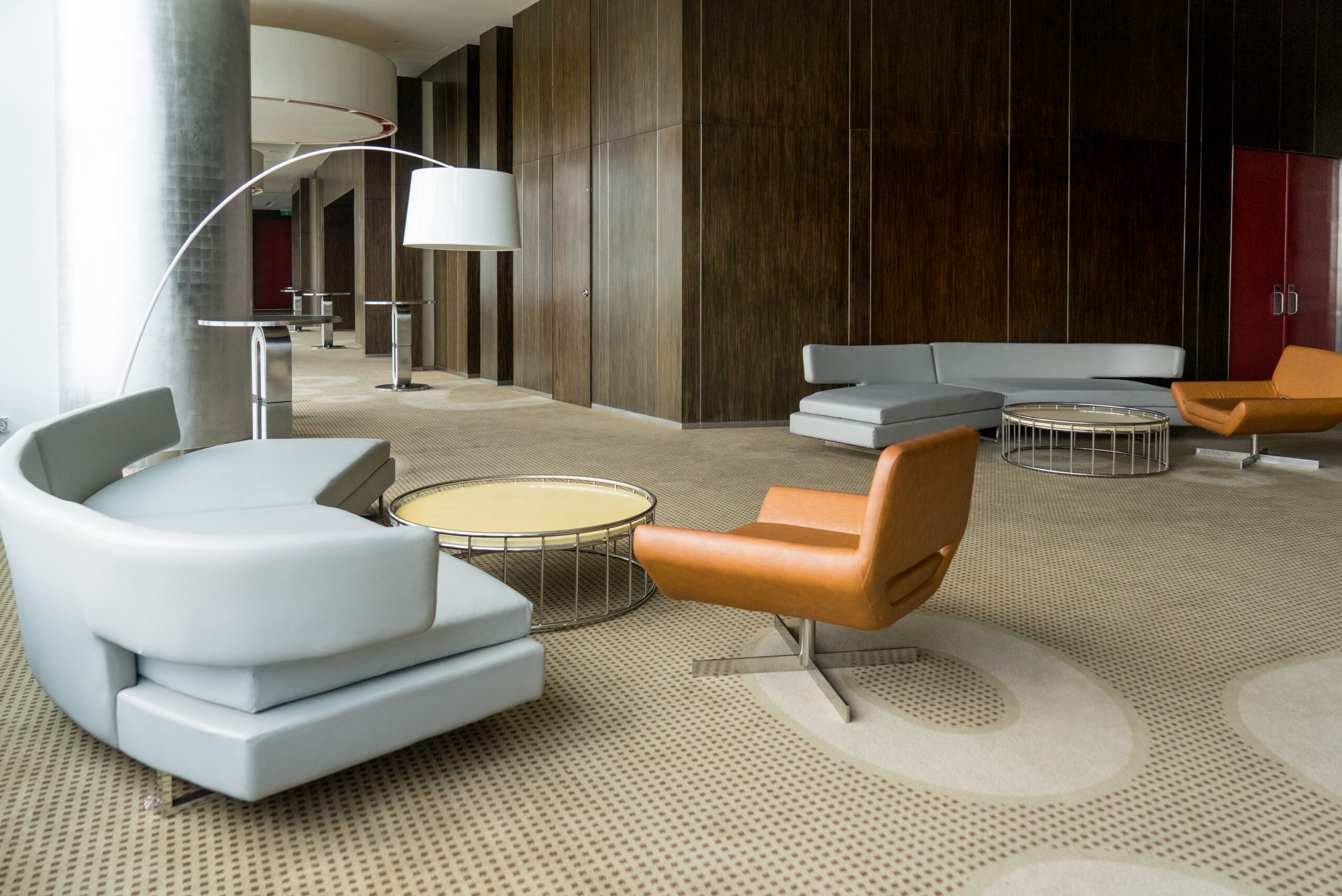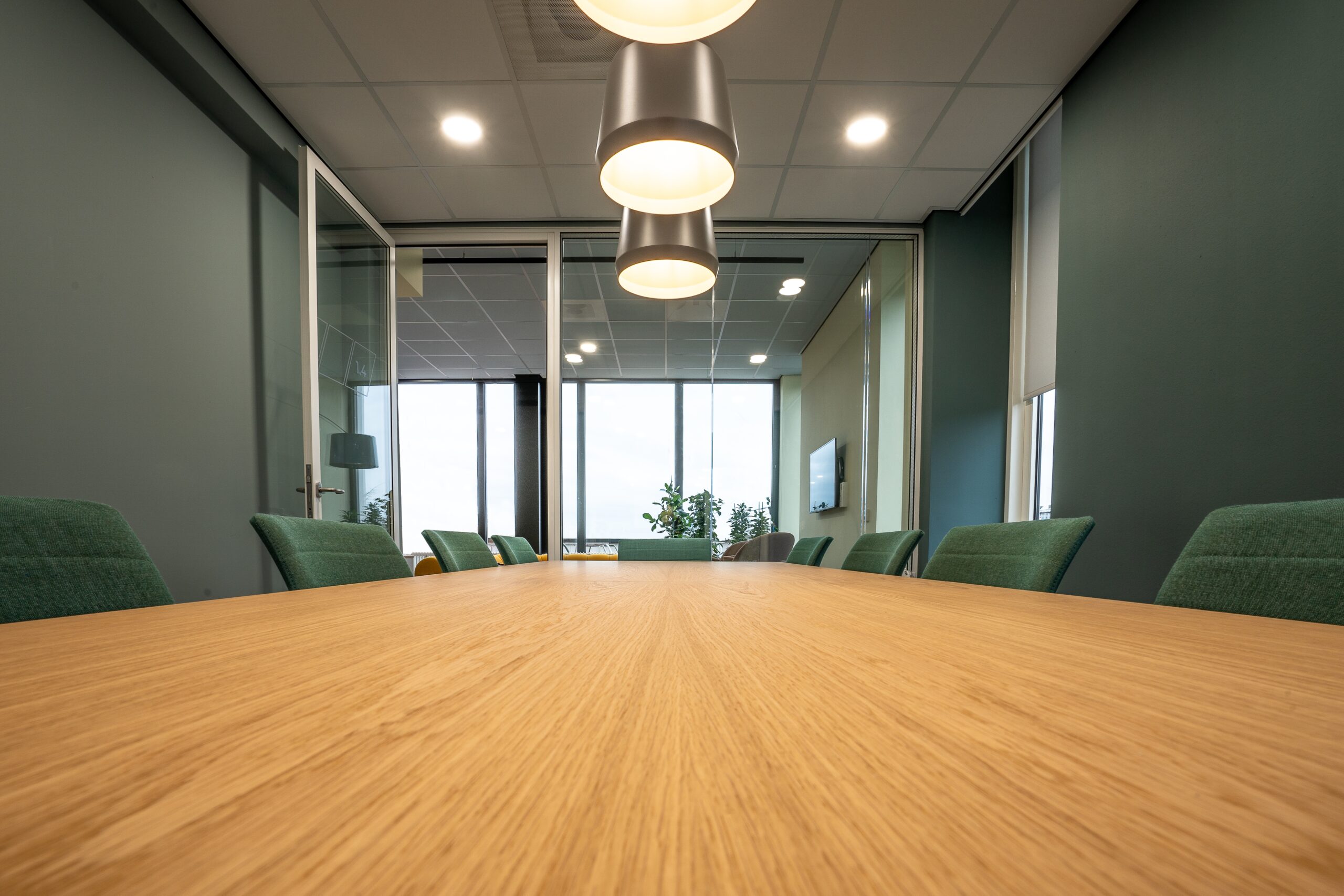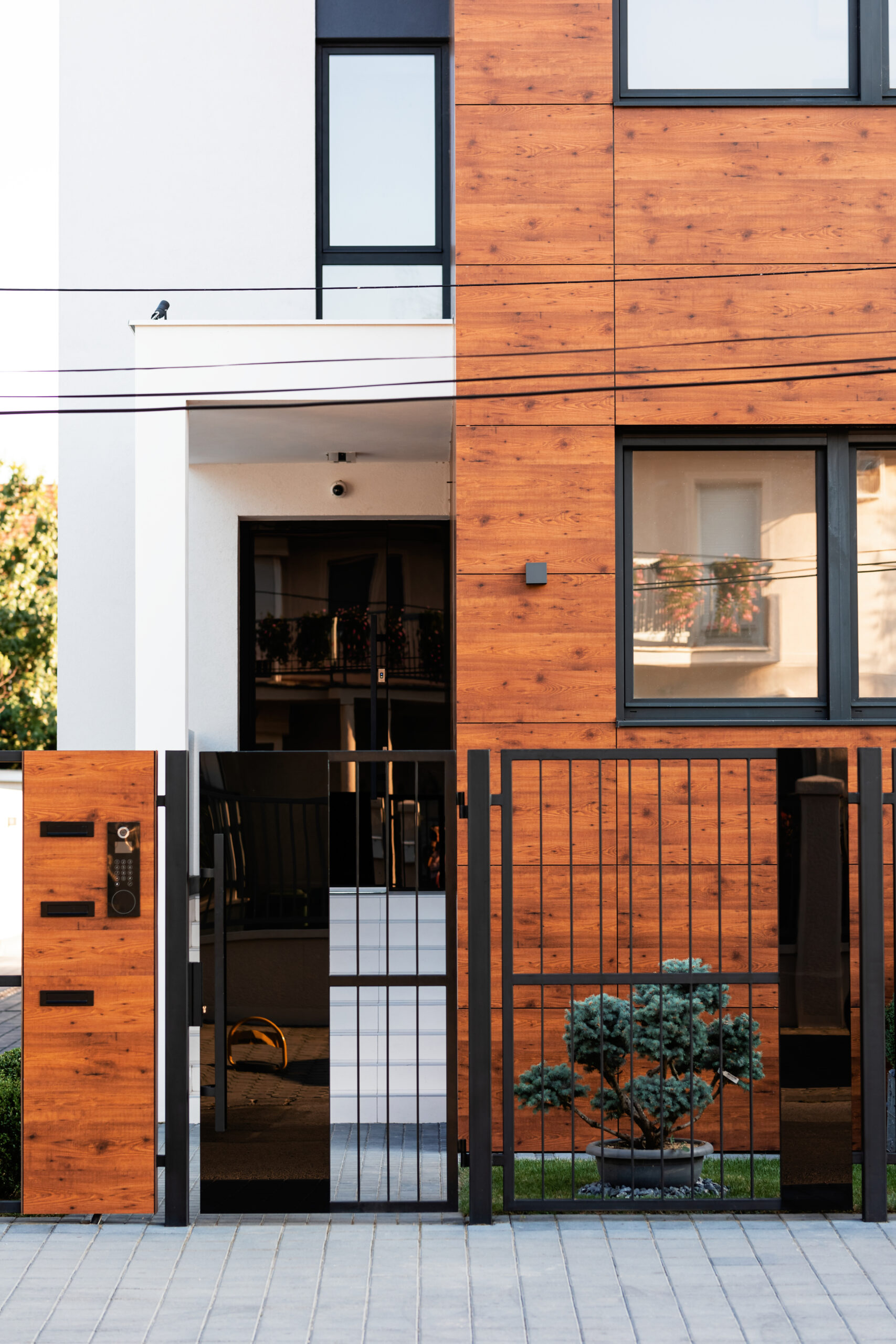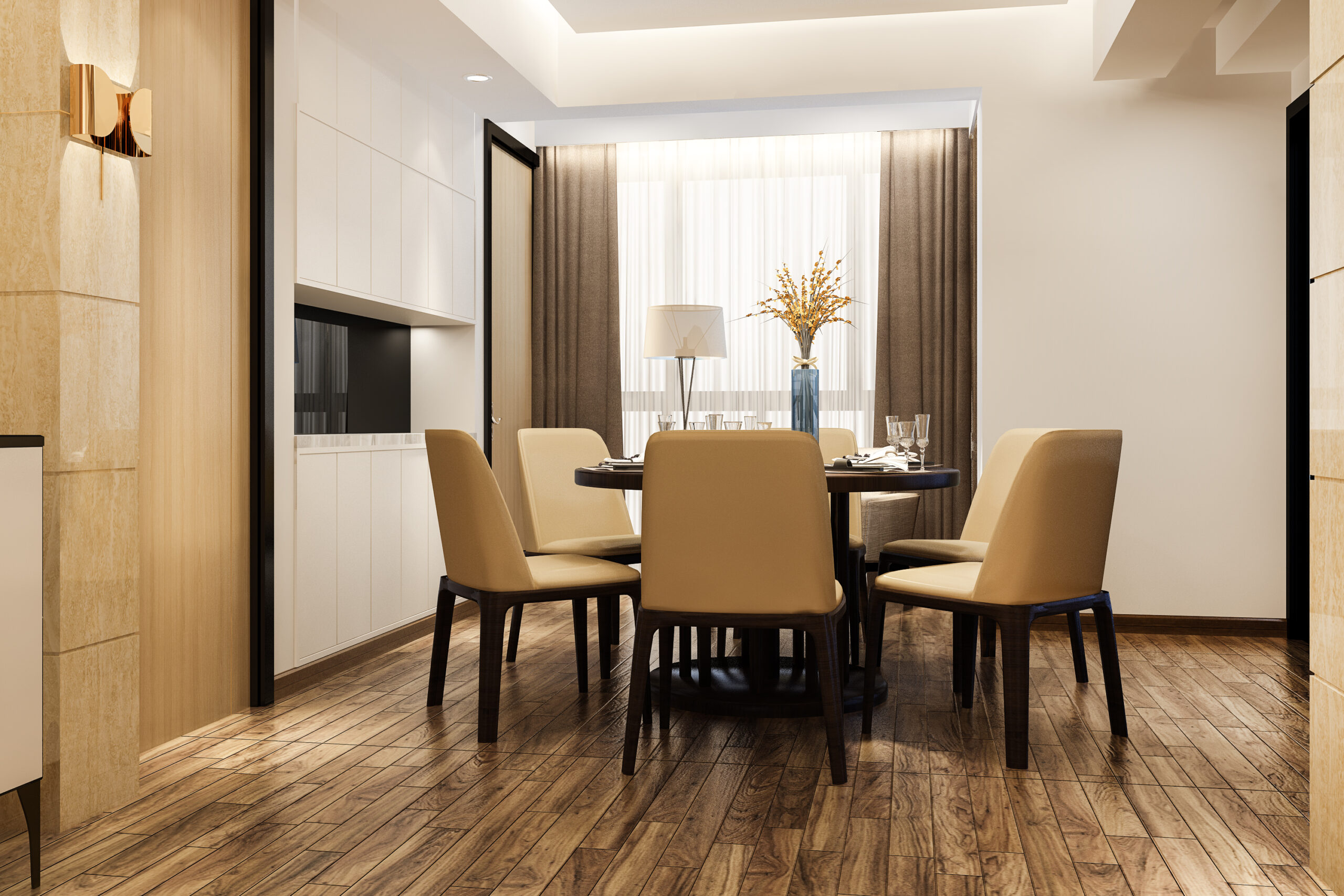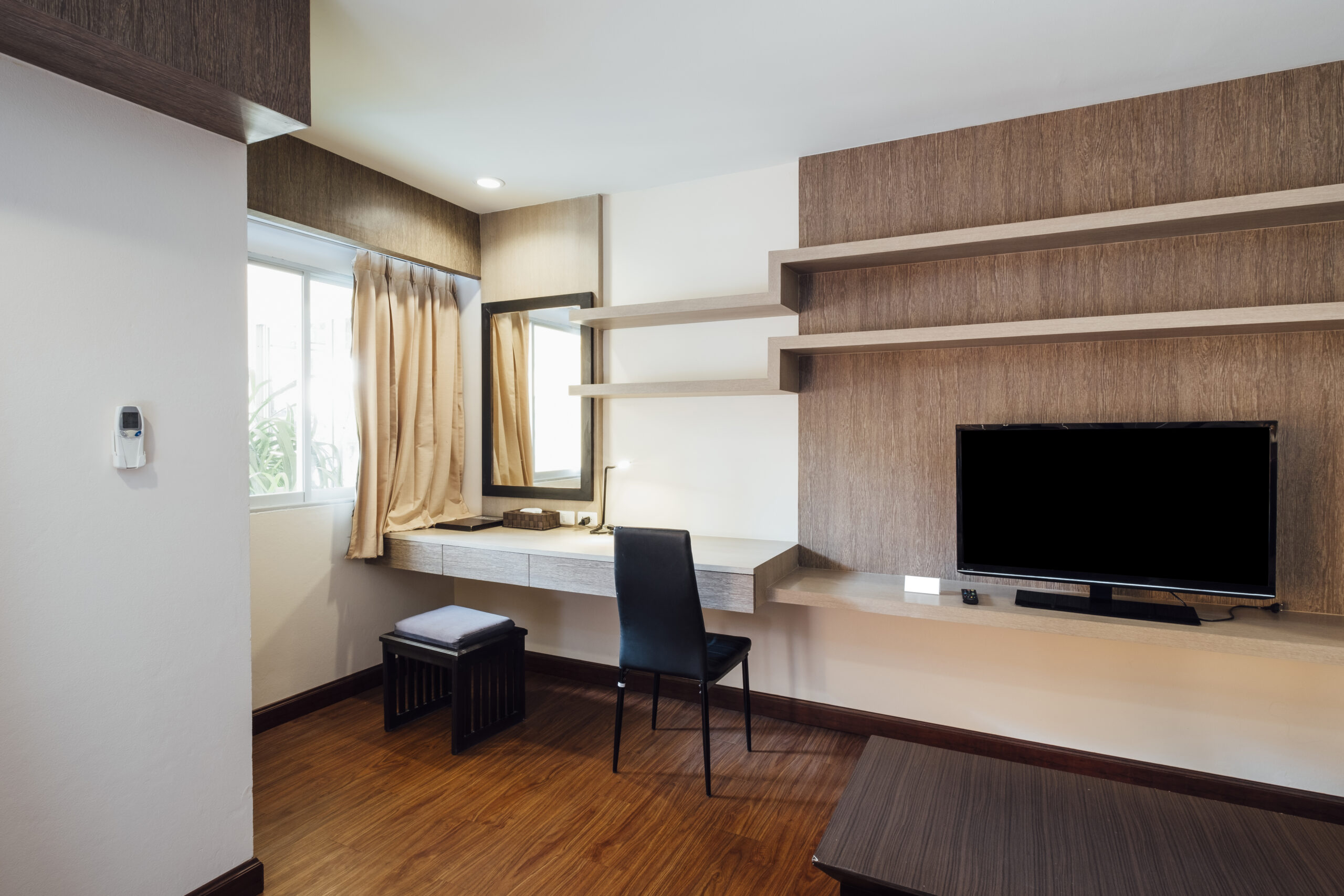Acrylic vs Laminate: Which is a Better Option?
When you are renovating your home, one question always comes to mind: which is the better material for renovation, acrylic or laminate? Both laminate materials have their own pros and cons. The unique characteristics of both materials make the decision-making process challenging. The selection of material depends on the preferences, interior style, and budget. Advance Laminates is a renowned manufacturer of laminates in India that produces high-quality laminates and acrylics for your residential and commercial spaces. If you are comparing acrylic vs laminate, then read this blog to learn the qualities, benefits, and drawbacks of acrylic and laminate and make an informed decision for your house.
Introduction
If homeowners and designers have to choose between acrylic and laminate, then they should consider factors like their benefits, aesthetic preferences, and budget. Sometimes, it becomes a daunting task for both homeowners and designers because both materials offer unique benefits. To make an informed decision, it is essential to weigh the pros and cons of each material. Acrylic laminates are known for their reflective surface and offer excellent resistance to scratches, UV rays, and moisture. Whereas, laminate surfaces are known for their affordability, durability, and versatility. Both acrylic and laminate offer viable options for enhancing the beauty and functionality of your home.
What are acrylic laminates?
Acrylic laminates, also known as acrylic sheets, are a popular choice for surfacing materials in interior design. This sheet is made up of polymer fibre which is the same as lacquer. It is a durable and versatile material that combines the benefits of both acrylic and laminate. The glossy finish of these laminates reflects light, creating a sense of depth and dimensionality that enhances the visual appeal of the space. These laminates are available in various colors and patterns, allowing for endless design possibilities. These laminates serve both the purpose of functionality and aesthetic appeal.
What are PVC laminates?
PVC laminates, also known as polyvinyl chloride laminates, are a versatile material for surfacing in interior design. These laminates are made by compressing PVC films and plastic resins under high pressure. It is a durable and cost-effective material that offers a wide range of benefits to homeowners. The PVC laminate sheet is highly resistant to scratches, stains, and abrasions, making it perfect for high-traffic areas like kitchens, bathrooms, etc. Additionally, these laminates are water-resistant and are ideal for use in humid environments. It can be used for kitchen cabinets, countertops, furniture, or wall panels. PVC laminate allows homeowners to achieve designs that cater to their style and preferences.
Acrylic Plywood: Pros and Cons
Acrylic plywood has gained popularity due to its durability and versatility in various interior and exterior applications. So, if you are choosing it, you should consider its advantages and disadvantages.
Pros:
1.Aesthetic Appeal:
Acrylic plywood has a high-gloss surface that adds a touch of sophistication to your space, making it ideal for contemporary designs. Additionally, acrylic plywood is available in various colors and patterns, allowing for customization to suit your design theme.
2. Durability:
The acrylic plywood is highly durable and resistant to wear and tear. The acrylic layer protects against scratches, stains, and fading, while the plywood core adds strength and stability. This makes acrylic plywood best for use in areas such as kitchens, bathrooms, and commercial spaces.
3. Moisture Resistance:
Acrylic plywood is moisture-resistant, making it ideal for use in humid environments. Unlike traditional plywood, which is susceptible to warping and rotting when exposed to moisture, acrylic plywood maintains its structural integrity and appearance even in wet conditions.
4. Easy Maintenance:
Acrylic plywood requires minimal maintenance, and the smooth surface can be easily wiped clean with a damp cloth and mild detergent to remove dirt and grime. Unlike other materials that require special cleaning products, acrylic plywood requires low maintenance and maintains its appearance with regular cleaning.
Cons:
1. Cost:
The major drawback of acrylic plywood is its high cost compared to other surfacing materials, such as laminate. Acrylic plywood is a premium product that comes with a higher price tag. Many homeowners view this as a worthy investment because of the material’s durability and aesthetic appeal.
2. Sharp objects cause scratches.
While acrylic plywood is resistant to scratches to some extent, it is not completely scratch-proof. Sharp objects or abrasive materials can leave marks on the surface, detracting from its appearance. Hence, it is important to take precautions, such as using cutting boards, to minimize the risk of scratches.
Acrylic plywood offers a perfect blend of aesthetic appeal, durability, and moisture resistance, but it comes with a higher cost and susceptibility to scratches.
PVC Laminates: Pros and Cons
PVC laminate has emerged as a popular choice for surfacing materials in both residential and commercial spaces. But to make an informed decision, it is necessary to consider the pros and cons of PVC laminate.
Pros:
1. Affordability:
The major advantage of PVC laminate is its affordability. Compared to natural materials like wood or stone, PVC laminate is a budget-friendly option for homeowners. This makes it the best option for homeowners who are looking to achieve a high-end look in their home.
2. Durability:
PVC laminate is durable and resistant to scratches, stains, and moisture. It can withstand the rigors of everyday use, making it ideal for high-traffic areas such as kitchens and bathrooms. Additionally, PVC laminate is easy to clean and maintain, requiring only regular dusting and occasional wiping with a damp cloth.
3. Versatility:
PVC laminate comes in a variety of patterns, textures, and colors allowing you to achieve the desired look. Its versatility makes it suitable for a variety of applications, including kitchen cabinets, countertops, furniture, and wall panels.
4. Easy Installation:
PVC laminate offers easy installation, and it can be installed quickly. It can be cut, shaped, or applied to any surface. This ease of installation makes PVC laminate a favorite choice of homeowners and professionals.
Cons:
1. Environmental Concerns:
PVC laminate is made from polyvinyl chloride, which is a type of plastic. The production and disposal of PVC laminate have negative impacts on the environment as they release harmful chemicals.
2. Limited heat resistance:
PVC laminate has limited heat resistance because excessive heat can cause PVC laminate to warp or deform, leading to damage. It’s important to use hot pads to protect PVC laminate surfaces from direct heat exposure.
PVC laminate offers a cost-effective and versatile solution for a wide range of interior surfacing applications.
PVC laminates vs Acrylic laminates: Key Differences
The key differences between pvc laminates vs acrylic laminates are as follows:
1. Durability and longevity
If you are choosing between PVC laminates and acrylic laminates, then durability and longevity are crucial factors. PVC laminates offer durability, and they are resistant to scratches, moisture, and heat. This makes them suitable for areas like kitchens and bathrooms. However, over time, PVC laminates may show signs of wear and tear, such as peeling or fading, when they are exposed to sunlight. Whereas, acrylic laminates boast exceptional durability and longevity. They are highly resistant to scratches, UV rays, and stains, maintaining their vibrant colors and glossy finish for years. Acrylic laminates are also moisture-resistant, making them suitable for both indoor and outdoor applications. But while acrylic laminates come with a higher cost compared to PVC laminates, their longevity and minimal maintenance requirements make them a worthy investment.
2. Maintenance and care
When it comes to maintenance and care, there is a difference between PVC laminates and acrylic laminates. PVC laminates are easy to maintain, requiring simple cleaning with mild soap and water to remove dirt and stains. But it is susceptible to scratches and requires polishing to maintain its appearance. PVC laminates should be protected from excessive heat and moisture to prevent damage. Whereas acrylic laminates require low maintenance and are highly resistant to scratches, stains, and fading, requiring minimal maintenance to retain their look, cleaning acrylic laminates requires only a gentle wipe with a smooth cloth and a mild detergent. Acrylic laminates can withstand exposure to heat and moisture without warping or deteriorating, but they require a higher investment.
3. Design and aesthetics
PVC laminates and acrylic laminates offer different characteristics in terms of design and aesthetics. PVC laminates are available in a wide range of colors, patterns, and textures, offering versatility in design applications. They mimic the look of natural materials like wood or stone, providing an affordable alternative without sacrificing aesthetics. Whereas acrylic laminates boast a luxurious and sleek finish that adds a touch of sophistication to any space, They are available in vibrant colors and have a high-gloss finish, providing a modern aesthetic. Acrylic laminates come at a higher price point, and their premium appearance and superior aesthetics make them a popular choice for residential and commercial spaces.
4. Cost Considerations
If you are considering cost, then PVC laminates and acrylic laminates offer different considerations. PVC laminates are more budget-friendly compared to acrylic laminates, making them a popular choice for those looking for cost-effective surfacing solutions. The PVC laminates are an economical solution and are available at a wide range of prices. Whereas acrylic laminates come with a higher cost due to their premium quality and superior characteristics, they are made up of advanced technology and offer long-term value with their durability, longevity, and low maintenance requirements. The choice between PVC and acrylic laminates depends on your budget and long-term investment goals.
Conclusion
If you are choosing between acrylic vs laminate, then your choice depends on your personal preference, budget, and specific requirements. Acrylic laminate provides luxurious appeal, customization options, and exceptional durability but comes with a higher price tag. Whereas, laminate provides affordability, versatility, and low maintenance but lacks the luxurious appeal of acrylic. Both acrylic and laminate provide superior characteristics for enhancing the beauty and functionality of your home. Advance Laminates is a well-known laminate manufacturer that offers both acrylic and pvc laminates for elevating the interior designs of your homes.
FAQs
1.How do acrylic laminates compare to PVC laminates in terms of durability and appearance?
When you compare acrylic laminates to PVC laminates in terms of durability and appearance, acrylic laminates offer exceptional durability and are resistant to scratches, stains, and UV rays, ensuring a long-lasting and vibrant finish. Its high-gloss surface creates a luxurious and modern aesthetic that elevates your space. Whereas PVC laminates are durable and versatile, they may show signs of wear over time and lack the premium appearance of acrylic laminates. For those who are seeking superior durability and a sleek look, acrylic laminates are the best choice for them.
2. Which material is better suited for kitchen countertops: acrylic or laminate?
When it comes to kitchen countertops, acrylic is better suited than laminates. Acrylic countertops offer superior durability and resistance to scratches, stains, and heat, making them ideal for heavy use and requiring low maintenance. Acrylic countertops have a sleek appearance and are available in a wide range of colors and finishes, adding a touch of elegance to your kitchen, but come with a high price tag. It also provides better long-term value and aesthetics, making them the preferred choice for homeowners seeking durability and style in their kitchen surfaces.
3. Are acrylic laminates more scratch-resistant than laminate surfaces?
Yes, acrylic laminates are more scratch-resistant than laminate surfaces. Acrylic laminates provide exceptional durability and resistance to scratches, ensuring that they maintain their smooth appearance over time. Whereas, laminate surfaces are prone to scratching, especially with heavy use. If you are seeking a surface that can withstand daily wear and tear without showing signs of scratches, then acrylic laminates are the best option for you.
4. Can laminate be used in wet areas like bathrooms, or is acrylic a better option?
Laminate can be used in bathrooms, but acrylic laminate is a better option for wet areas. Acrylic is highly moisture-resistant and can withstand the humid environment of bathrooms without warping or deteriorating. It offers superior durability and is less prone to water damage compared to laminate. Acrylic surfaces provide a modern and luxurious finish to bathroom spaces. For bathrooms, acrylic is the best choice compared to laminate.
